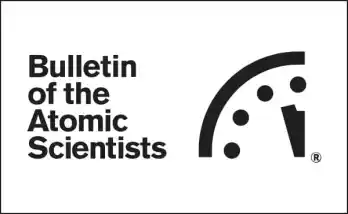 This re-posts an article I wrote for the Bulletin of Atomic Scientists recently on N Korea’s likely first-use of nuclear weapons in any serious Korean contingency.
This re-posts an article I wrote for the Bulletin of Atomic Scientists recently on N Korea’s likely first-use of nuclear weapons in any serious Korean contingency.
The University of Pennsylvania invited me to participate in two-day forum on nuclear weapons back in September. This is the short paper I brought. Here it is at BAS.
My core argument is that NK will go nuclear almost immediately because: 1. It faces a very intense use-it-or-lose-it dilemma. 2. It can’t hope to win conventionally. 3. Any conflict almost immediately become existential for it.
No one really quite knows what to do in response. Missile defense doesn’t work well enough to guarantee that we can shoot down all their inbounds. And sanctions can only slow NK down, not stop their nuclear march. So my suggestion is to start deconcentrating US forces on the peninsula – to more and smaller US bases – so that they are not such a juicy hostage-taking target.
But that runs directly counter to what we have been doing here for the last decade or so – concentrating US forces in a few super-bases like Camp Humphreys. That may make logistical and financial sense. But it offers huge, inviting, clustered targets of Americans for NK to threaten or strike.
And if they NKs do nukes a US base in East Asia and kill thousands of Americans, the pressure on POUTS to massively retaliate will be enormous. And if we respond by nuking NK, the potential for spiraling escalation, including possibly China is high.
Below is my original, pre-edited and more technical version of my paper:
The Democratic People’s Republic of Korea (DPRK, North Korea) has large incentives to a use a tactical nuclear weapon (TNW) – or several – early in another conflict on the Korean peninsula. Deciding how to respond to this is probably the most important contemporary debate inside the US-Republic of Korea (ROK, South Korea) alliance.
This paper suggests strategic responses to this challenge because it assumes a deal on DPRK weapons of mass destruction (WMD) is highly unlikely. A bargain which controls North Korean WMD would, of course, be ideal. But the most likely window for a breakthrough was during the overlapping ‘dovish’ presidencies of American President Donald Trump and South Korean President Moon Jae-In, and it has closed. For a brief moment, North Korean leader Kim Jong-Un faced the most negotiation-interested leaders in the history of his country’s primary geopolitical opponents, the US and South Korea. Trump particularly was a unique American president regarding the DPRK, willing to meet Kim repeatedly without preconditions. Tragically, Kim forewent this Trump-Moon opportunity in 2018-2020. So the North Korea debate in the democratic world – particularly South Korea, the US, and Japan – has reverted to traditional hawkish approaches. If North Korea will not bargain – or, more specifically, if it will only propose deals so balance-negative for the allies that they reject them immediately – then the allies must consider military responses to the likelihood of North Korean first use.
This paper has two sections. First, I elaborate three reasons for likely North Korean first use:
– Operationally, Pyongyang will face an intense WMD ‘use-it-or-lose-it’ dilemma as soon as a war starts.
– Strategically, its conventional military is quite inferior to the forces ranged against it.
– Grand strategically, any serious conflict between the two Koreas will quickly become existential for the North.
Second, I suggest two responses to this difficult challenge:
– At the time of attack, the allies should respond with nonnuclear retaliation as long as politically feasible, in order to prevent further nuclear escalation. However, this will be difficult given the likely post-strike panic and hysteria, so…
– In preparation, the US should deconcentrate its northeast Asian conventional footprint, to reduce North Korean opportunities to nuclearly blackmail regional American clusters, and to reduce potential US casualties and consequent massive retaliation pressures.
North Korean First Use Incentives
The DPRK will probably use nuclear weapons first in a major conflict for three reasons:
1) Operationally, North Korea will likely have only a very short time window in a conflict to use its WMD. The Americans will almost certainly try to immediately suppress Northern missiles. An imminent, massive US-ROK disarming strike creates an extreme use-it-or-lose-it dilemma for Pyongyang. If Kim Jong-Un does not use his nuclear weapons at the start of hostilities, most will be destroyed a short time later by allied airpower, turning an inter-Korean conflict into a conventional war which the North will lose. Frighteningly, this may encourage Kim to release his strategic nuclear weapons immediately too, as they likely also be destroyed momentarily.
2) Strategically, North Korea’s conventional military is almost certainly insufficient against alliance capabilities. The (North) Korean People’s Army (KPA) is large but technologically outdated. Sanctions limit the North’s production and fuel reserves. The country’s chronic malnutrition likely affects its soldiery’s health and fitness. Allied air supremacy would expose DPRK military assets to intense, immediate bombardment. Allied superiority in logistics, communications, intelligence, surveillance, and so on would be tremendous.
The North leverages its proximity to South Korea’s center of gravity, the massive Seoul-Kyeonggi-Incheon corridor of northwestern South Korea. This area is uncomfortably close to the demilitarized zone, and the KPA is flush against the border in order to threaten it. But this conventional countervalue threat – particularly the well-publicized artillery threat to Seoul – does not undermine ROK military capabilities. The South Korean military would likely win a Korean-only conflict, and with American assistance, the DPRK’s defeat would be crushing.
North Korea’s dysfunctional economic model, compounded by sanctions, make catch-up impossible. Closing that gap is an obvious reason for the North’s construction of WMD, and North Korea has unsurprisingly talked up TNWs and their use. Without them, the North would lose the war, and strategically, using them sooner rather than later – before the KPA starts to lose on the battlefield – would be its best move.
3) Grand strategically, nuclear first use is the Kim regime’s best chance at personal survival in a war. Defeat would bring regime change, if not annihilation, for the Kims. This is a critical difference between North Korea, and China and Russia. Russia has probably not used nuclear weapons in Ukraine because the war is not existential. A defeat there is not an offensive threat to the Russian state, territory, or regime of President Vladimir Putin. Similarly, if China were to be defeated around Taiwan, that would not lead to an invasion of the mainland or national collapse. Neither Ukraine nor Taiwan have revisionist intentions against their opponents. South Korea and its American ally do.
The ROK constitution claims sovereignty over the entire Korean peninsula. A conventional second Korean war would open the possibility of national unity as the KPA was defeated on the battlefield and the South Korean army moved north. Nationalist hopes throughout the peninsula would soar. And for America, the opportunity to finally rid itself of one of its worst adversaries – to push for final victory on Southern terms – would be hugely tempting.
Hence, any serious Korean conflict would quickly become existential for Kim regime and its state. The incentive to launch first – to deter or slow a march northward by the victorious allies – would be tremendous. China might assist the North, per their alliance, but that relationship now is transactional not affective. Escalating to deescalate – using TNWs with threats of further strikes unless the allies stop – would likely be the Kims’ best chance to prevent a catastrophic defeat.
In short, North Korea has massive first use incentives. If it will not bargain to reduce its stockpile, then fashioning an agreed alliance response is critical. And the alliance should do it now. The first wartime use of a nuclear weapon since World War II will likely ignite global panic and terror. That would be a terrible, heated time to think through the allied response. There will be immediate calls for revenge in kind, if not massive retaliation. That would threaten a major US-North Korean nuclear exchange – because North Korea also has intercontinental ballistic missiles and seeks to put them on submarines – and a chain-gang of other regional players into the conflict.
How Should South Korea and the US Respond?
This paper suggests two allied responses – contemporaneous and preparatory – to this tough dilemma:
1) At the time of attack, the US should respond conventionally, not nuclearly. The political pressure to retaliate in kind, or with even greater nuclear force, will, of course, be tremendous, particularly if there were American casualties, which is likely given South Korea’s high population density in its limited habitable space. But there are many reasons why this would be a mistake:
a) The US and South Korea would likely retain conventional superiority despite a DPRK TNW strike. North Korean limited nuclear war options are not necessarily battlefield-decisive. Military necessity would probably not exige nuclear retaliation, so as long as North Korean nuclear use remained limited to tactical strikes.
b) Operationally, nuclear blasts would irradiate the battlefield, making it harder for allied forces to advance northward and finish the conflict. Adding US-created blast zones to those created by the North would worsen the problem. The Korean peninsula is 70% mountainous and only 150-200 miles wide. So the relevant battlespace – mostly between the west coast and the peninsula’s mountain spine – is already narrow; more nuclear blast zones would constrain allied maneuver even further.
c) US nuclear restraint would help swing global opinion – particularly in China and Russia – behind an allied victory. China and Russia oppose Korean unification. They will be tempted to intervene in a conflict to save their valuable spoiler with a long record of distracting their American competitor. Northern nuclear use would dramatically alter that calculus, encouraging Beijing and Moscow to remain neutral or even assist an allied victory out of sheer fear over North Korean behavior. US nuclear retaliation would override that re-evaluation.
d) Conversely, US nuclear use in Korea might chain-gang China and Russia into the war. As the Ukraine War demonstrates, a major conventional conflict involving a nuclear power can be geographically contained. A second Korean war need not spiral out of control. But US nuclear use near China and Russia would pressure both to intervene to save the DPRK from elimination.
e) US nuclear strikes would substantially worsen the reconstruction burden on a post-unification ROK. Blast zones from Northern nuclear strikes would be costly to rehabilitate; US ones too would only add to the load. That South Korea has revisionist intentions on North Korea – that it wishes to absorb it – substantial alters the cost-calculus of American nuclear use. The aggressor would have to pay to decontaminate and rebuild the defender, which is not an element of US nuclear thinking regarding traditional opponents like China or the USSR/Russia.
2) Before the attack, the allies should prepare by deconcentrating America’s northeast Asian force structure, for two reasons:
a) North Korean will likely make immediate nuclear missile threats against regional concentrations of Americans to constrain US options in a Korean contingency. US military bases in South Korea and Japan – especially a very large, proximate site like Camp Humphreys – present obvious missile targets for the North. They concentrate US citizens and assets; missile defense is not assured; they can be taken hostage with missile strike threats.
Russia’s nuclear weapons have kept NATO from deeper involvement in the Ukraine War; the DPRK will likely try the same in Korea by threatening US east Asian bases. If North Korean nuclear blackmail can block, or at least slow, US assistance to South Korea, then Pyongyang’s chances of victory – coupled with TNW use against the ROK army – rise.
b) Mass US nuclear casualties would place nearly irresistible pressure on the US president to respond with nuclear weapons. Congress and the public would be outraged and demand retribution. America’s tendency to geopolitically overreact, and to use extraordinary levels of force in conflicts, is well-established. The larger the US death toll, the greater would be the domestic call for massive retaliation. That could spark a regional nuclear chain-gang.
Traditionally, US soldiers in South Korea were a ‘tripwire.’ Their early deaths in a war would ensure an enraged American public and Congress, and thus a commitment to fight on South Korea’s behalf. This was probably valuable alliance reaffirmation in the era of conventional inter-Korean competition. But in today’s nuclearized and missilized peninsular environment, that tripwire both constrains US options – by presenting obvious missile-hostage threats – and portends a spiraling regional confrontation after a likely American overresponse. Recently, the US has been concentrating its South Korean basing for logistical reasons. Inadvertently, in this Korean missile age, the US is also offering attractive missile targets to the North.
Unresolved Issues
This essay broaches only a few of the many strategic problems broached by North Korea’s spiraling, unchecked nuclear and missile program. All this will worsen as North Korea builds a submarine-based deterrent, improves its targeting with satellites, develops multiple-warhead missiles, and so on. Conventional deterrence in Korea may be stable but nuclear deterrence is probably not. A stable, enduring nuclear stalemate is unlikely in a dyad as asymmetric as North Korea and the US/South Korea.
Three further policy questions flow from the above analysis:
1. Should the allies launch a massive aerial disarming strike in a conflict? As discussed above, North Korea’s fear of that strike incentivizes its nearly-immediate first use. That, in turn, incentives exactly that immediate and large allied disarming strike. Each action responds to the other in worsening regressive spiral. The result is a hair-trigger balance, possibly ending in preemption.
2. Should South Korea build nuclear weapons? North Korea likely hopes that its nuclear weapons – particularly their countervalue threat to the American homeland – will blunt US assistance to South Korea in a conflict, much as oblique Russian nuclear threats have retarded NATO assistance to Ukraine. Direct local nuclear deterrence might stay North Korea’s hand by reducing its nuclear weapons ‘wedge’ between nuclear-but-distant America and nonnuclear-but-proximate South Korea. US objections to ROK nuclearization turn on the erosion of nonproliferation norms, but this is likely exaggerated.
3. Should the US and South Korea give up on unification? As discussed above, Southern revisionism – bolstered by massive inter-Korean economic and conventional asymmetries – makes any serious Korean conflict an existential one for Pyongyang. An existential threat is a good reason to build nuclear weapons. Surrendering South Korea’s pretension to unity might reduce North Korea’s perception that it must have nuclear weapons. South Korean progressives such as former President Moon seem willing to countenance this move to escape from the pressures sketched in this essay. The downsides are costly though: North Korea might not keep its denuclearization word; North Korea’s population would be lost to history’s worst orwellian tyranny; and the US-ROK alliance would likely fracture in obsolescence after an inter-Korea reconciliation.
Robert E. Kelly (@Robert_E_Kelly; RobertEdwinKelly.com) is a professor in the Department of Political Science at Pusan National University.
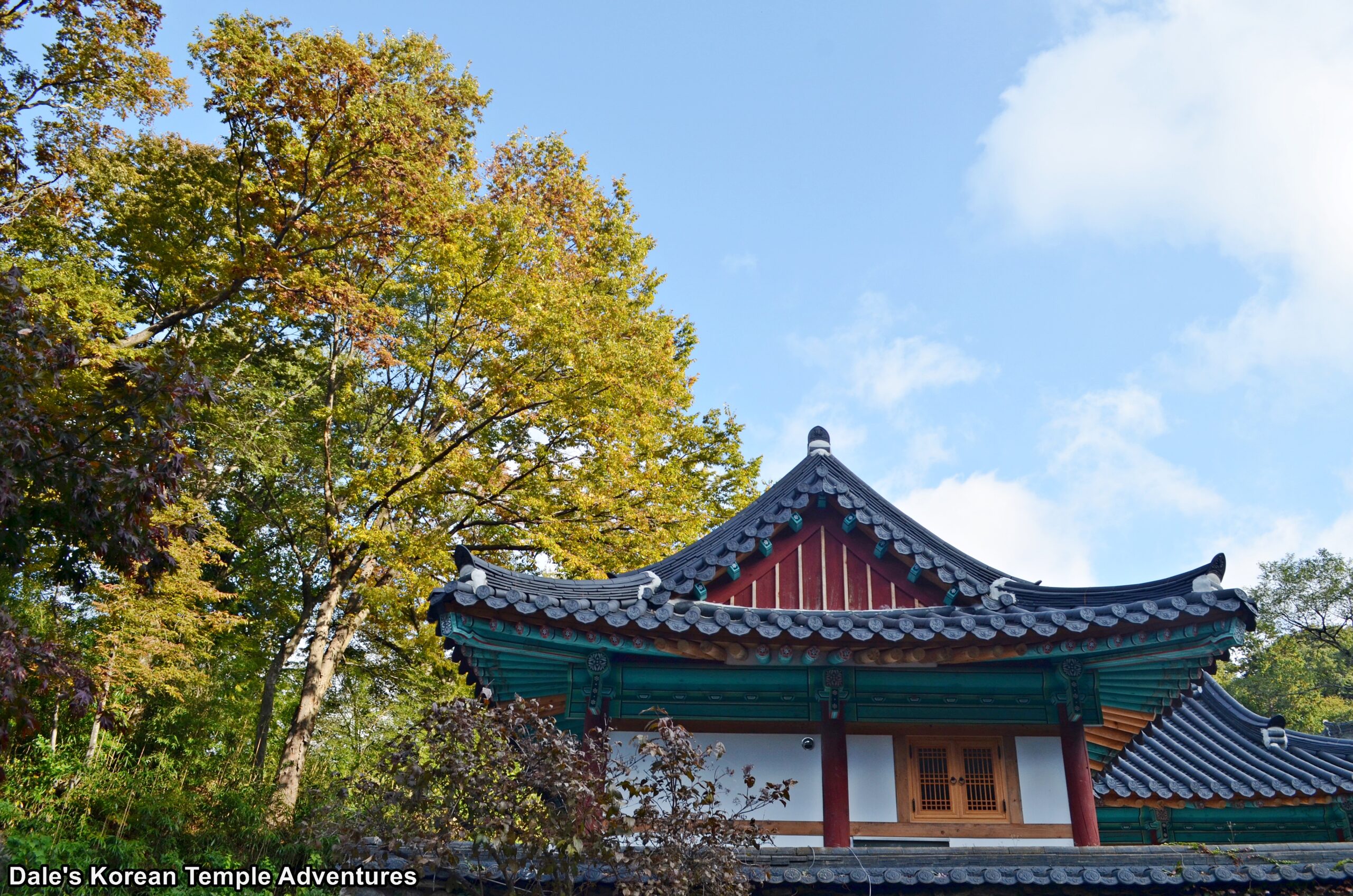
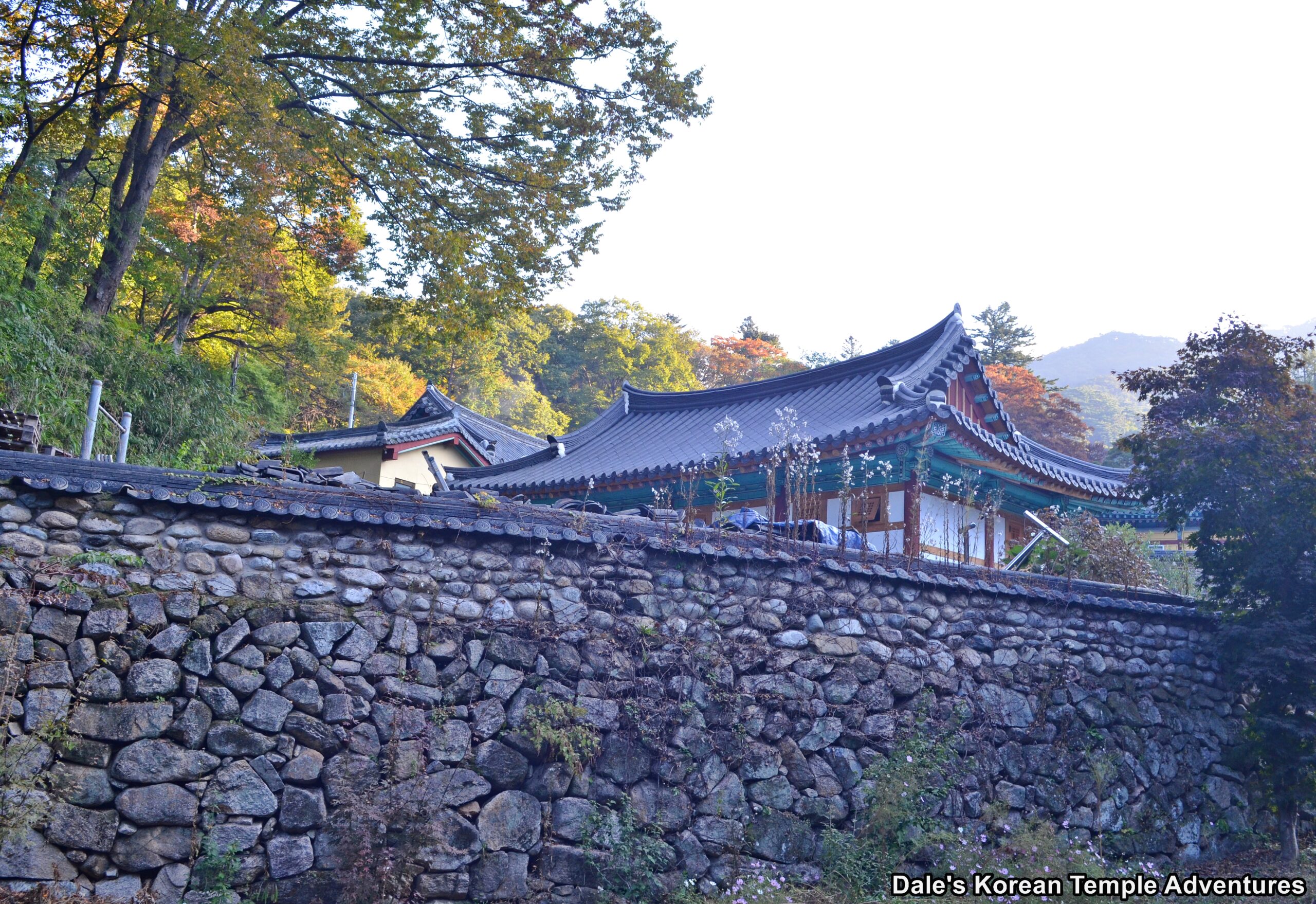

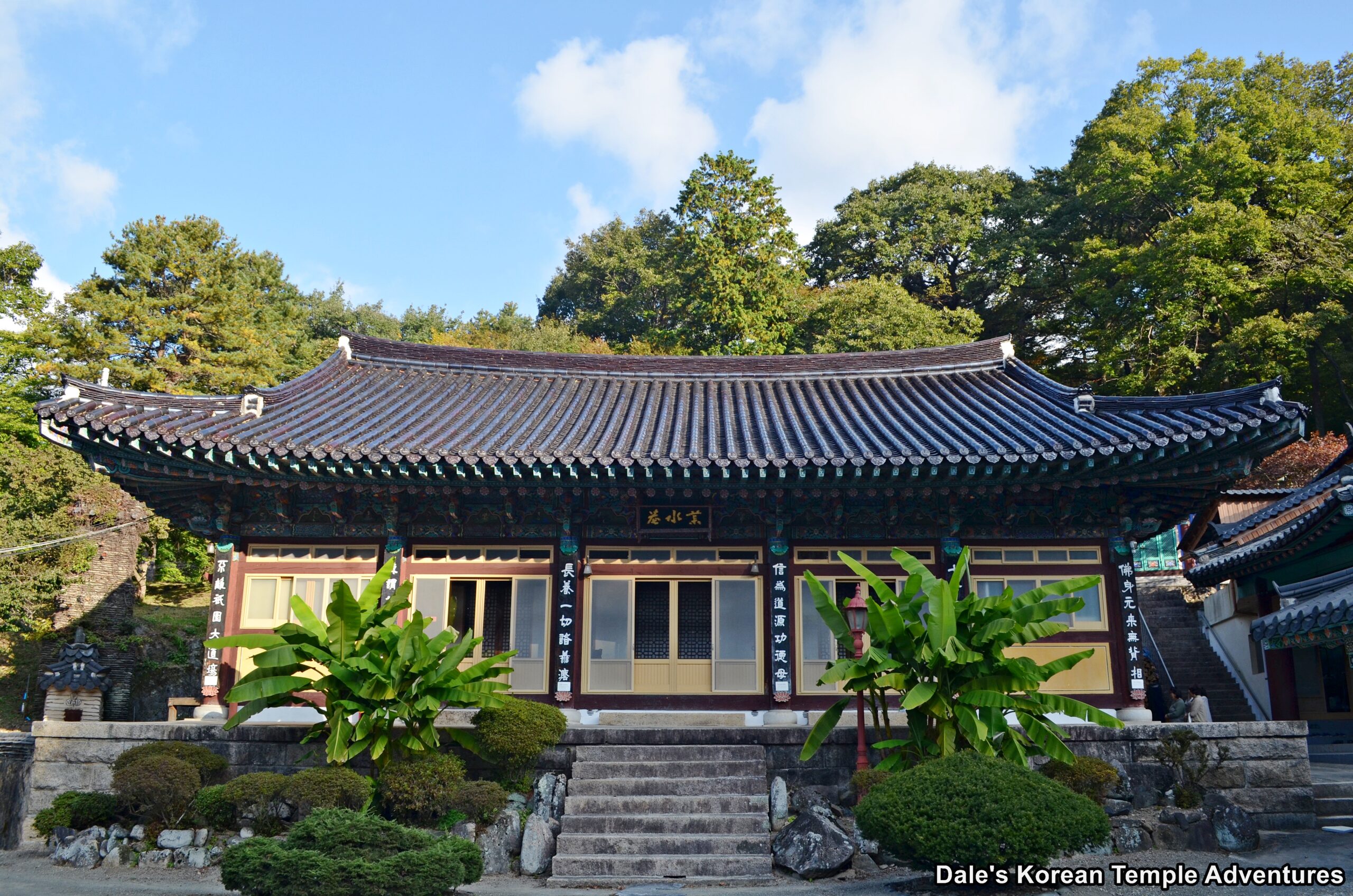
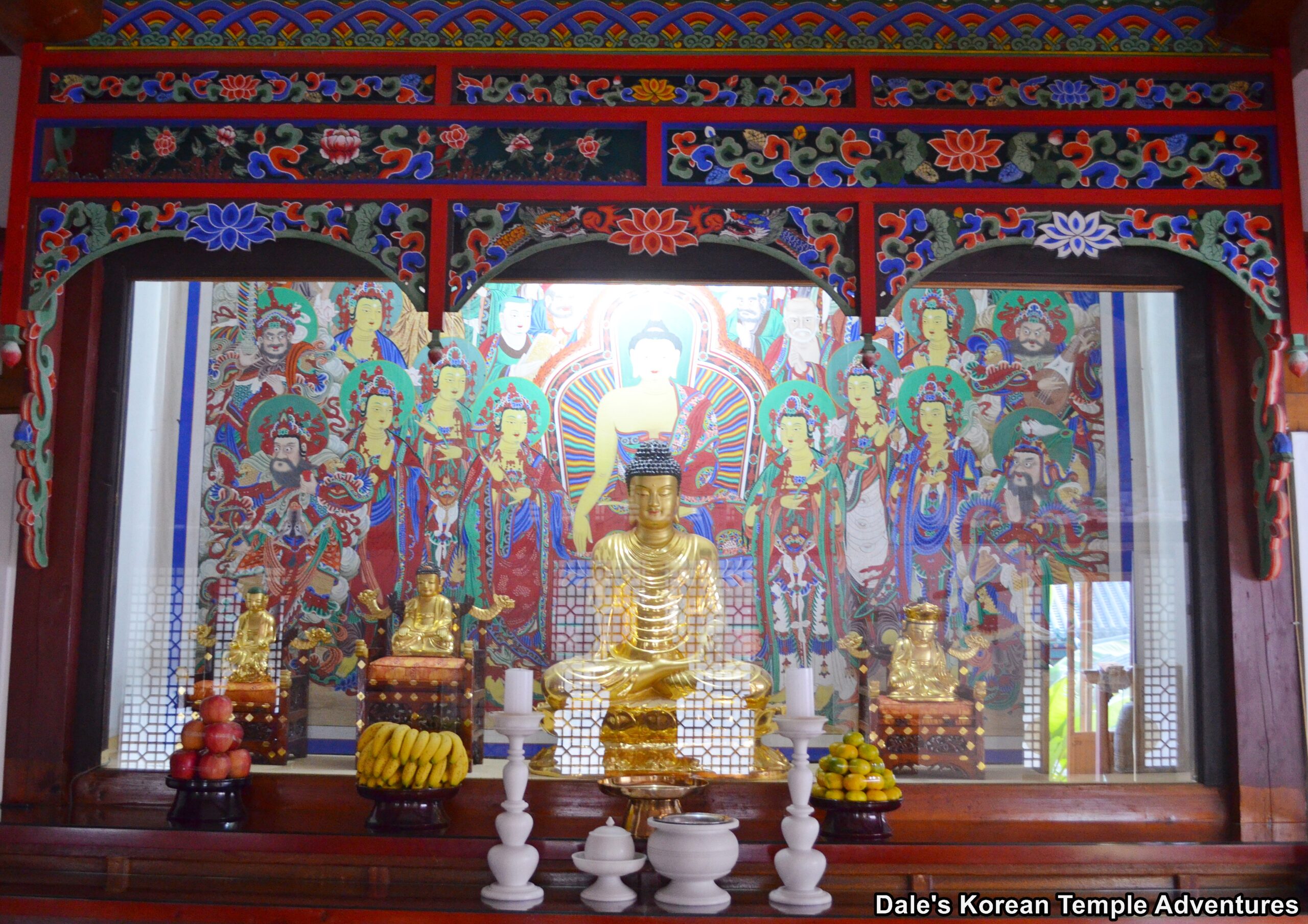

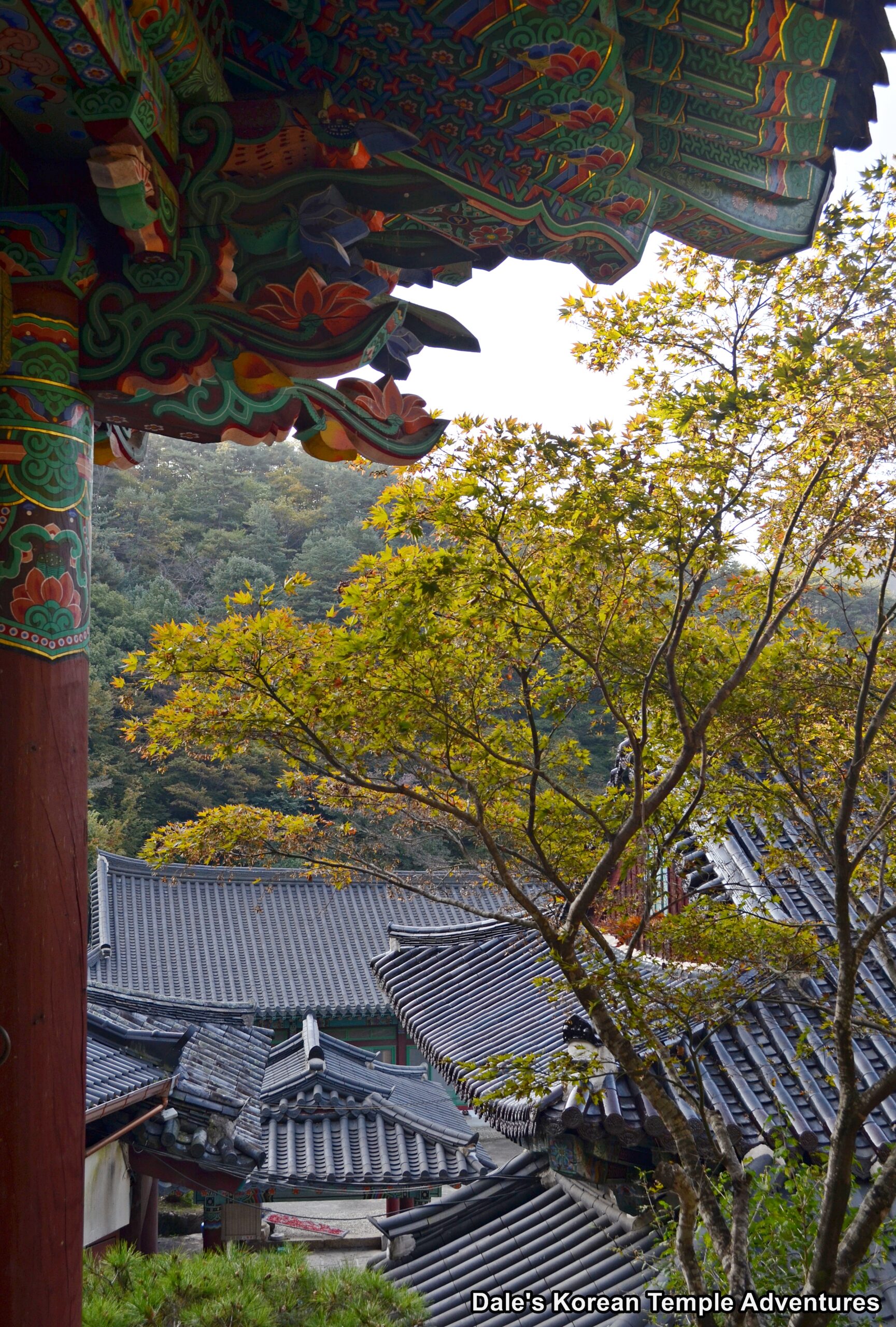
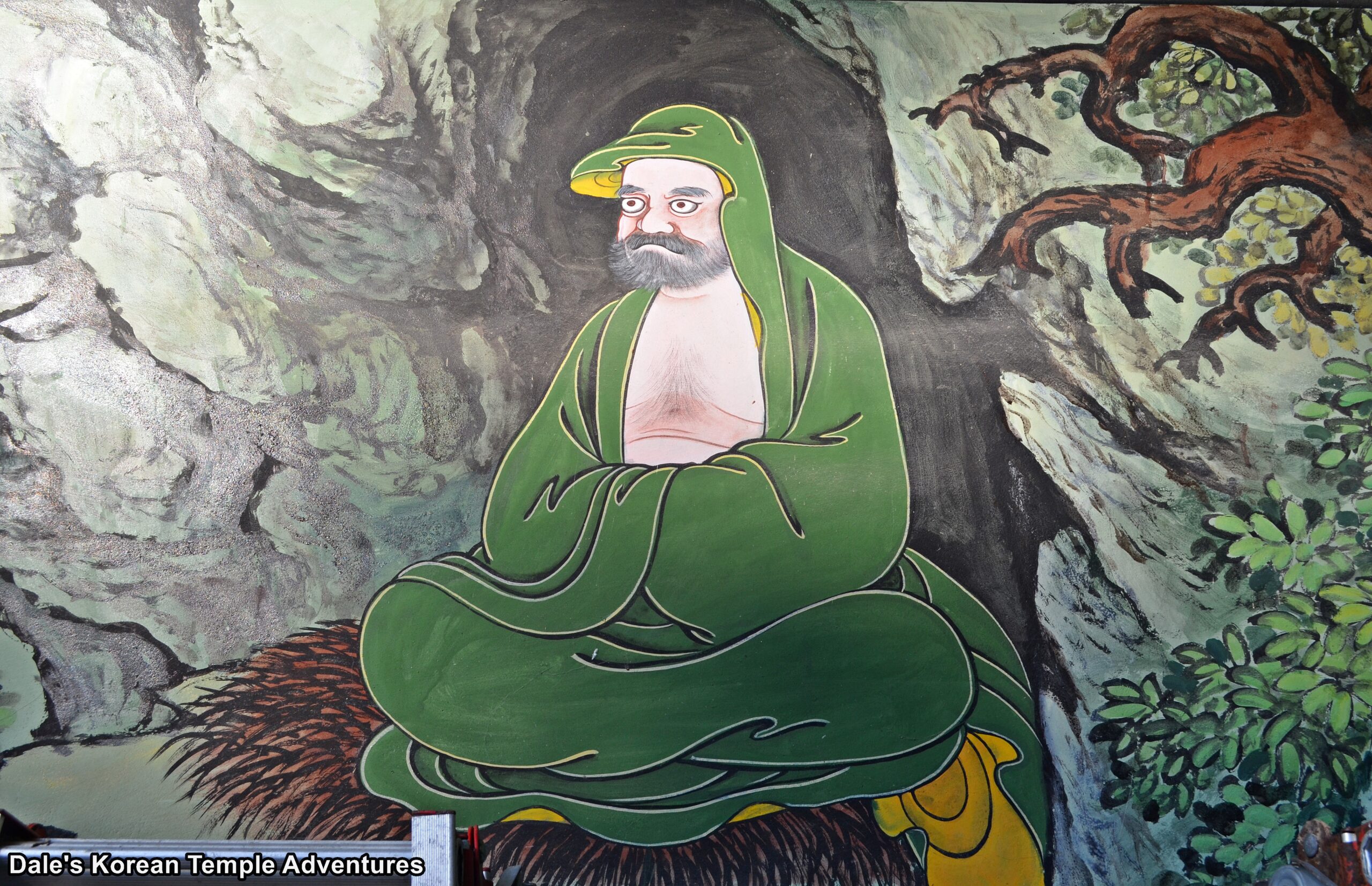
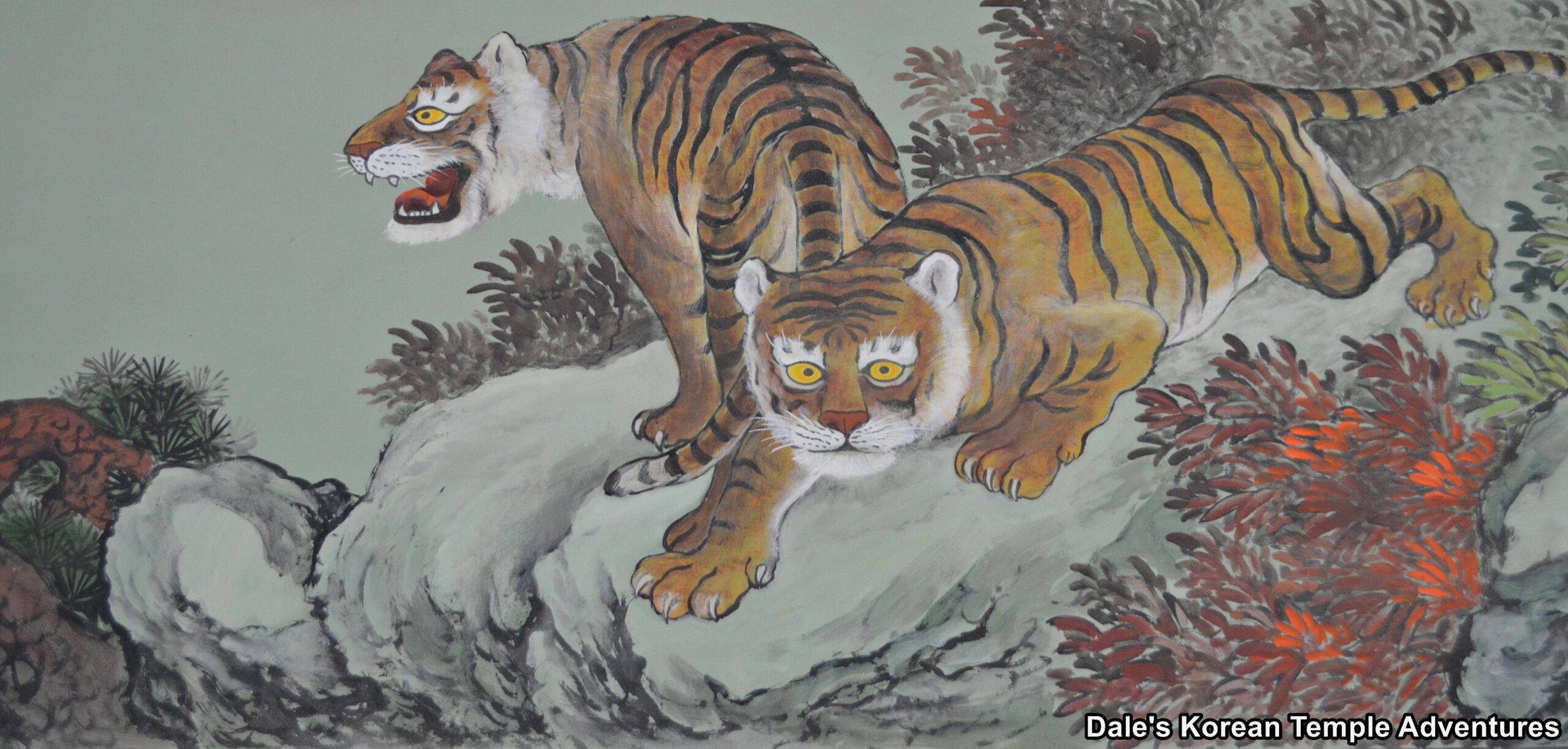
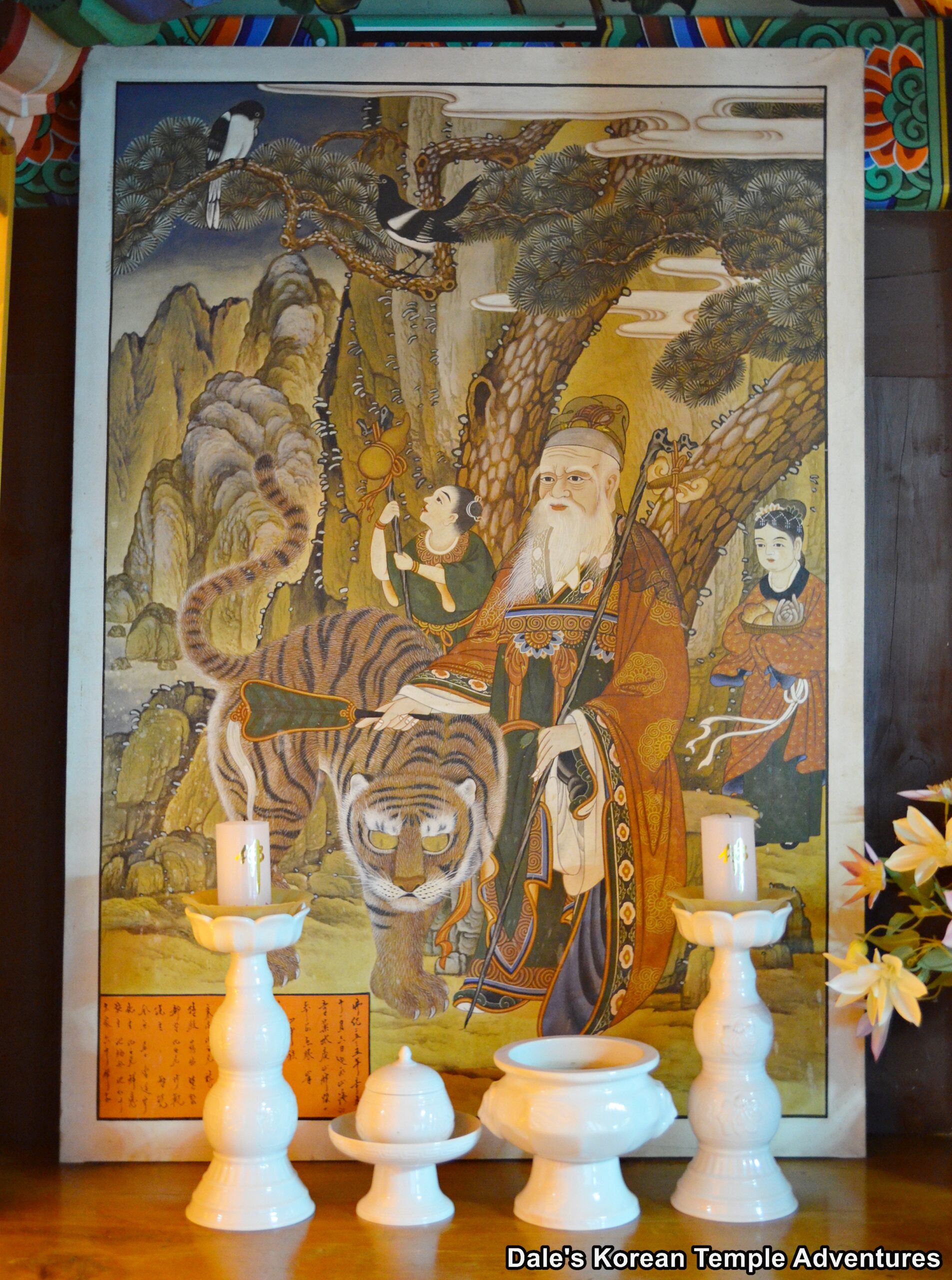
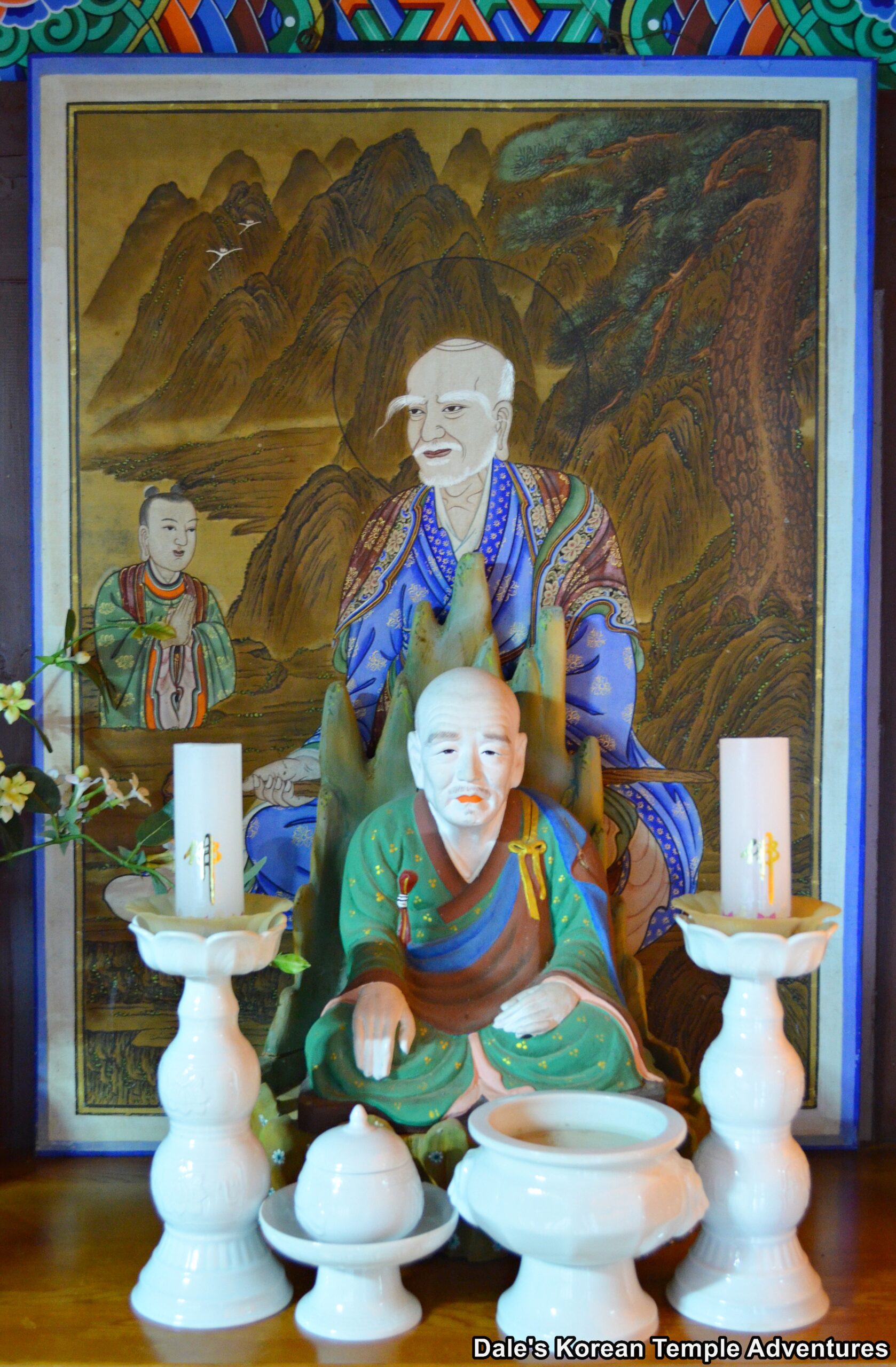
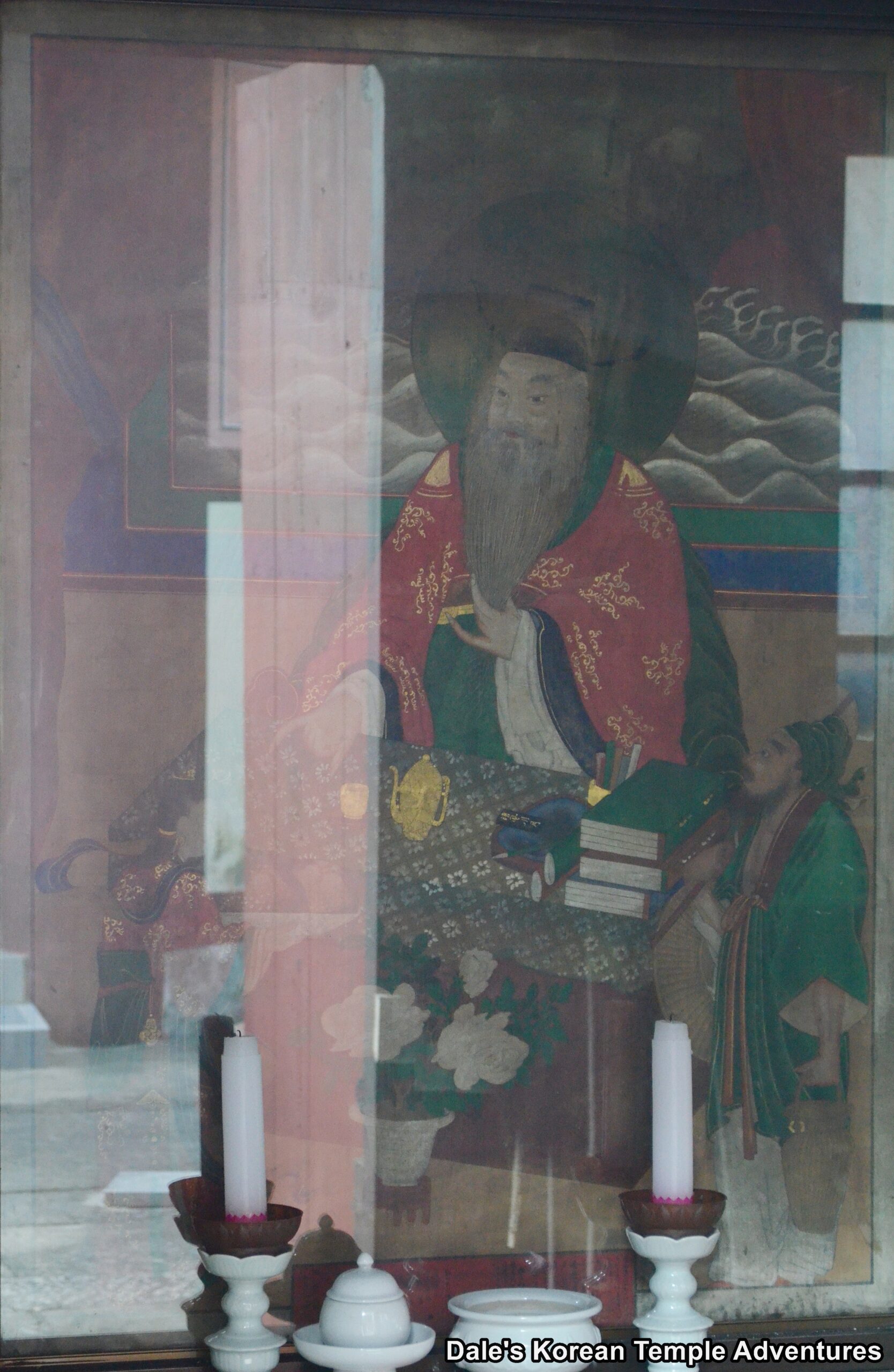
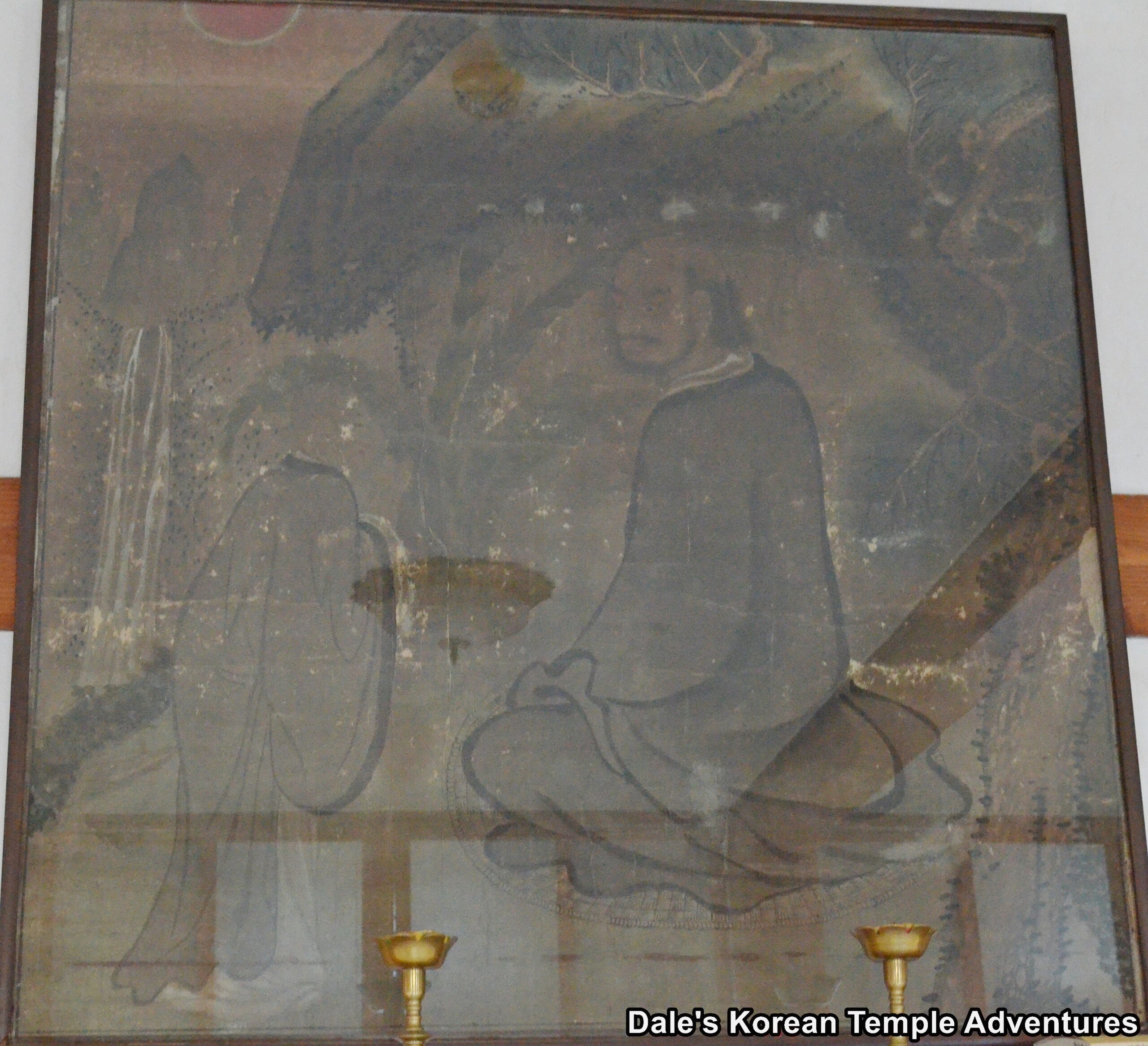


 This re-posts an article I wrote for the Bulletin of Atomic Scientists recently on N Korea’s likely first-use of nuclear weapons in any serious Korean contingency.
This re-posts an article I wrote for the Bulletin of Atomic Scientists recently on N Korea’s likely first-use of nuclear weapons in any serious Korean contingency.
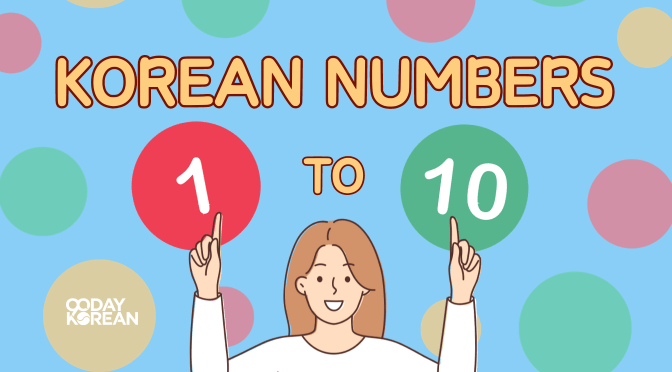
 Learn to read Korean and be having simple conversations, taking taxis and ordering in Korean within a week with our FREE Hangeul Hacks series:
Learn to read Korean and be having simple conversations, taking taxis and ordering in Korean within a week with our FREE Hangeul Hacks series: 
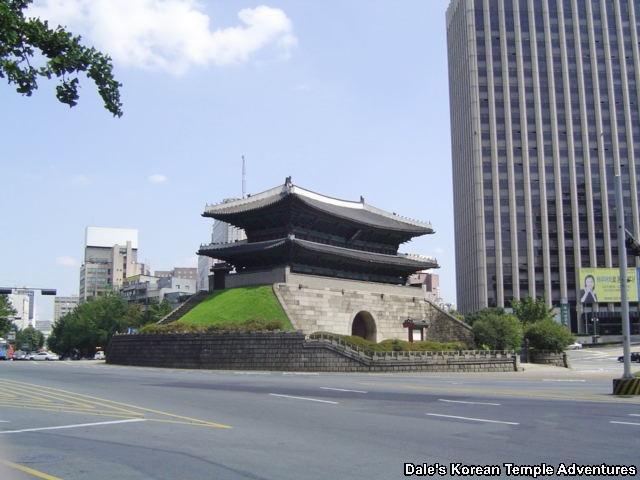
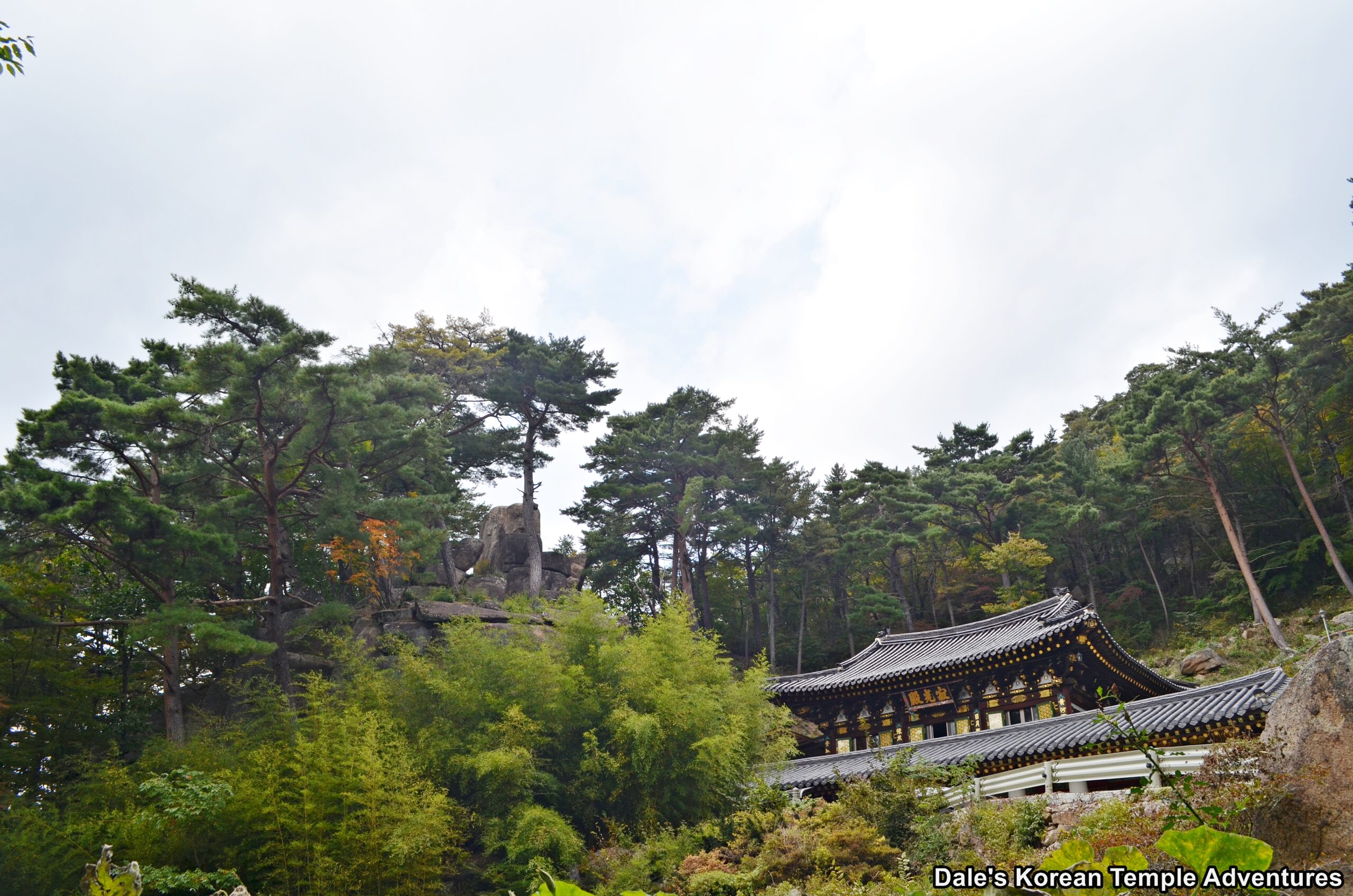
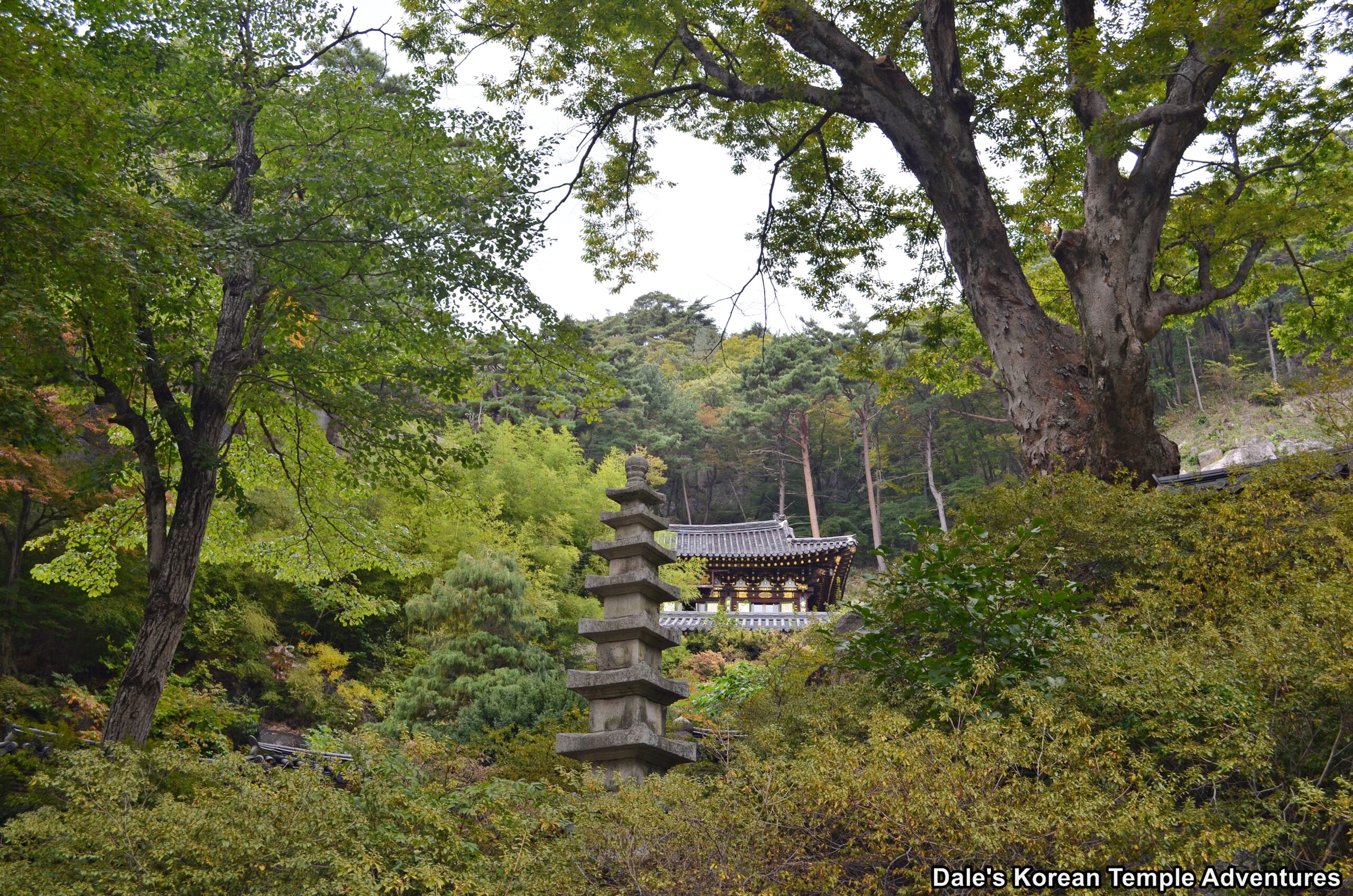
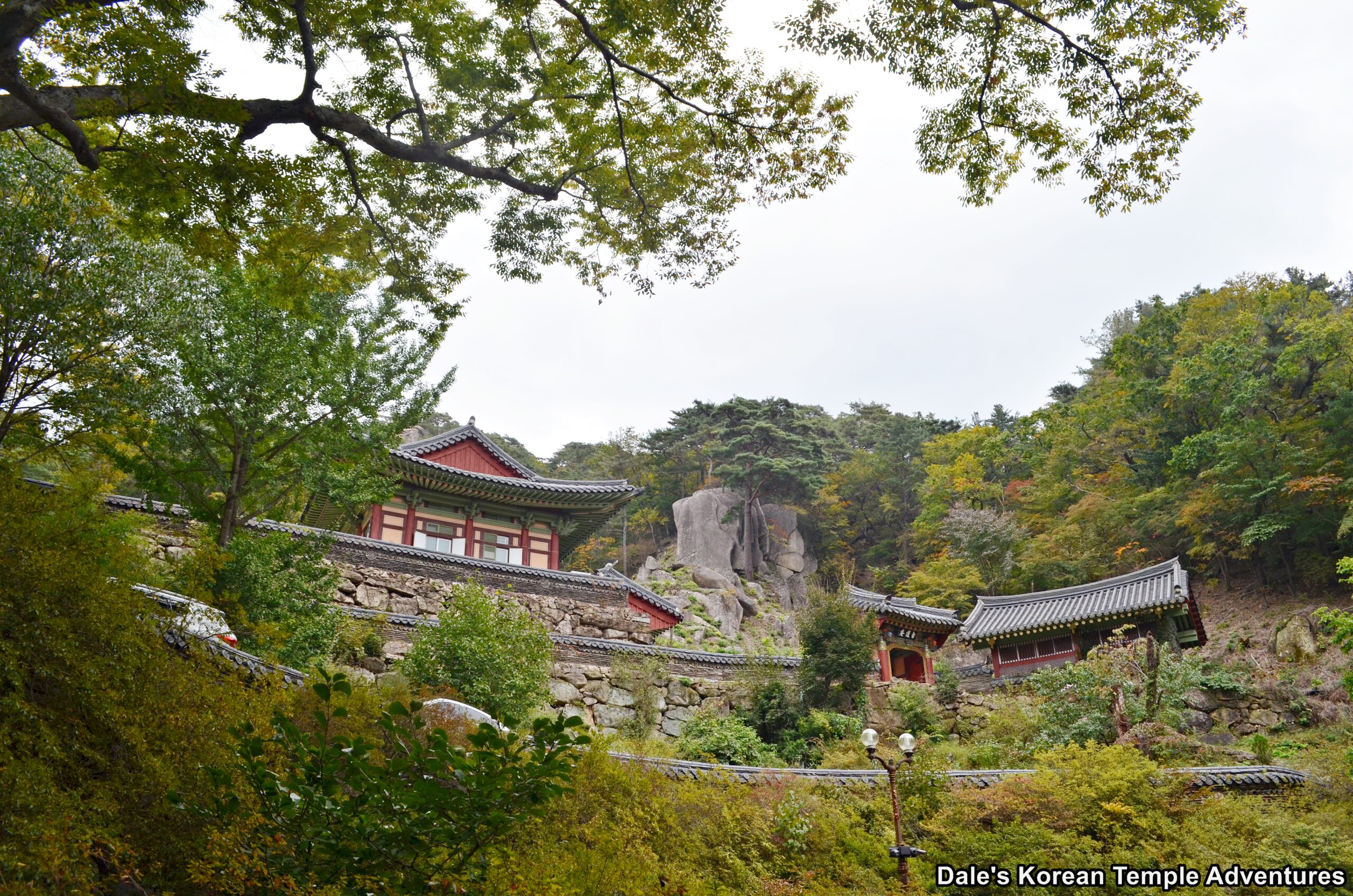
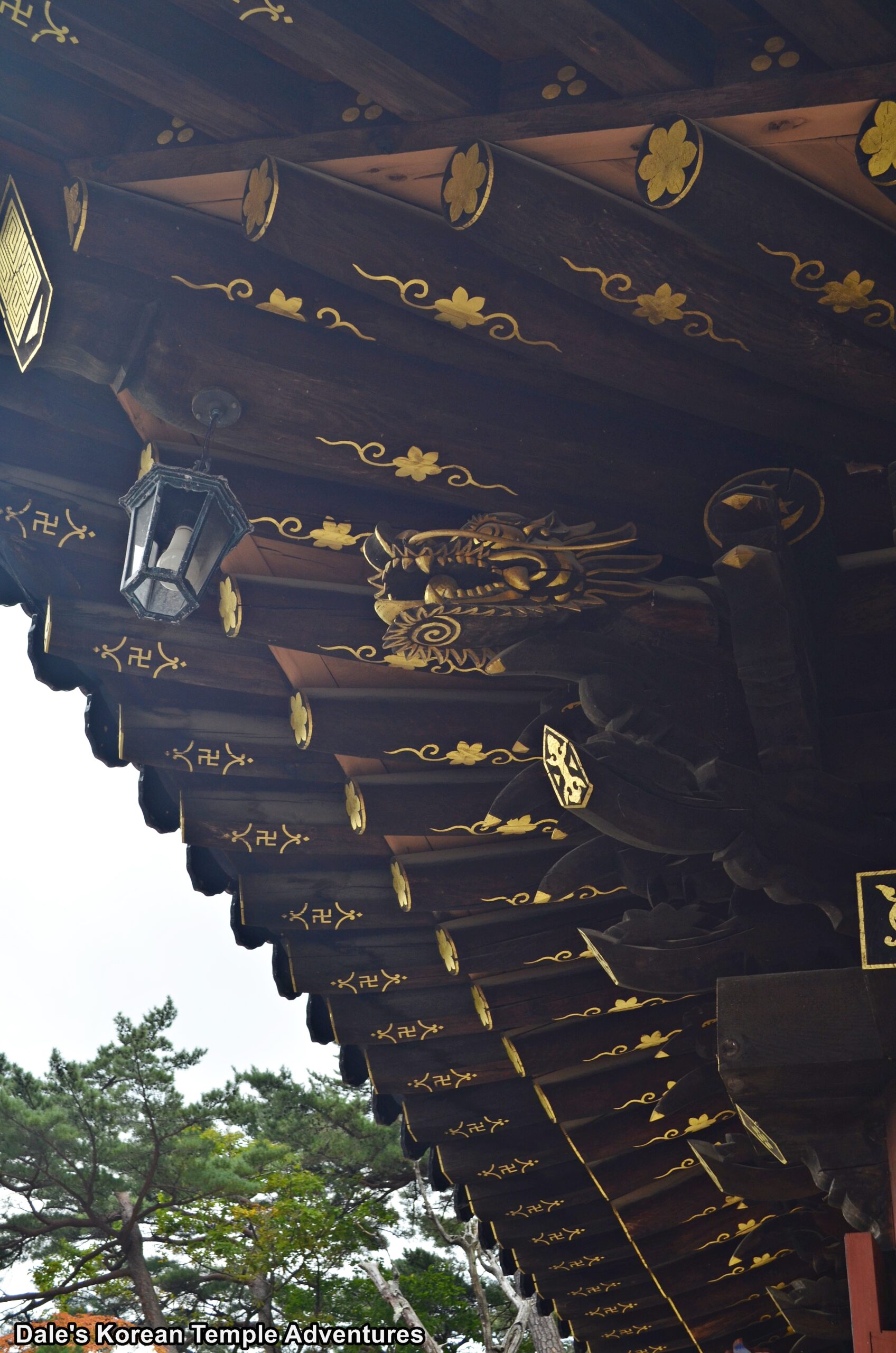
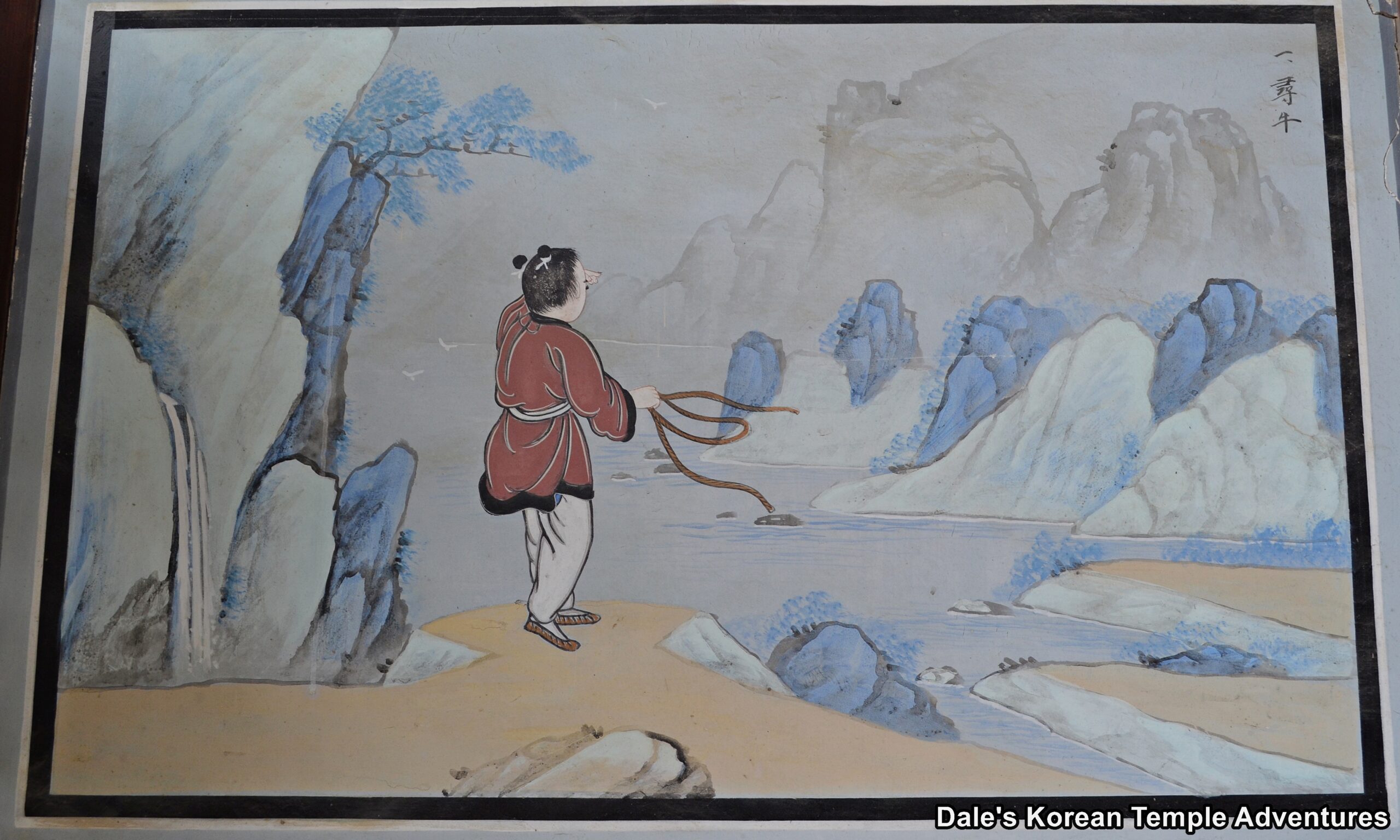
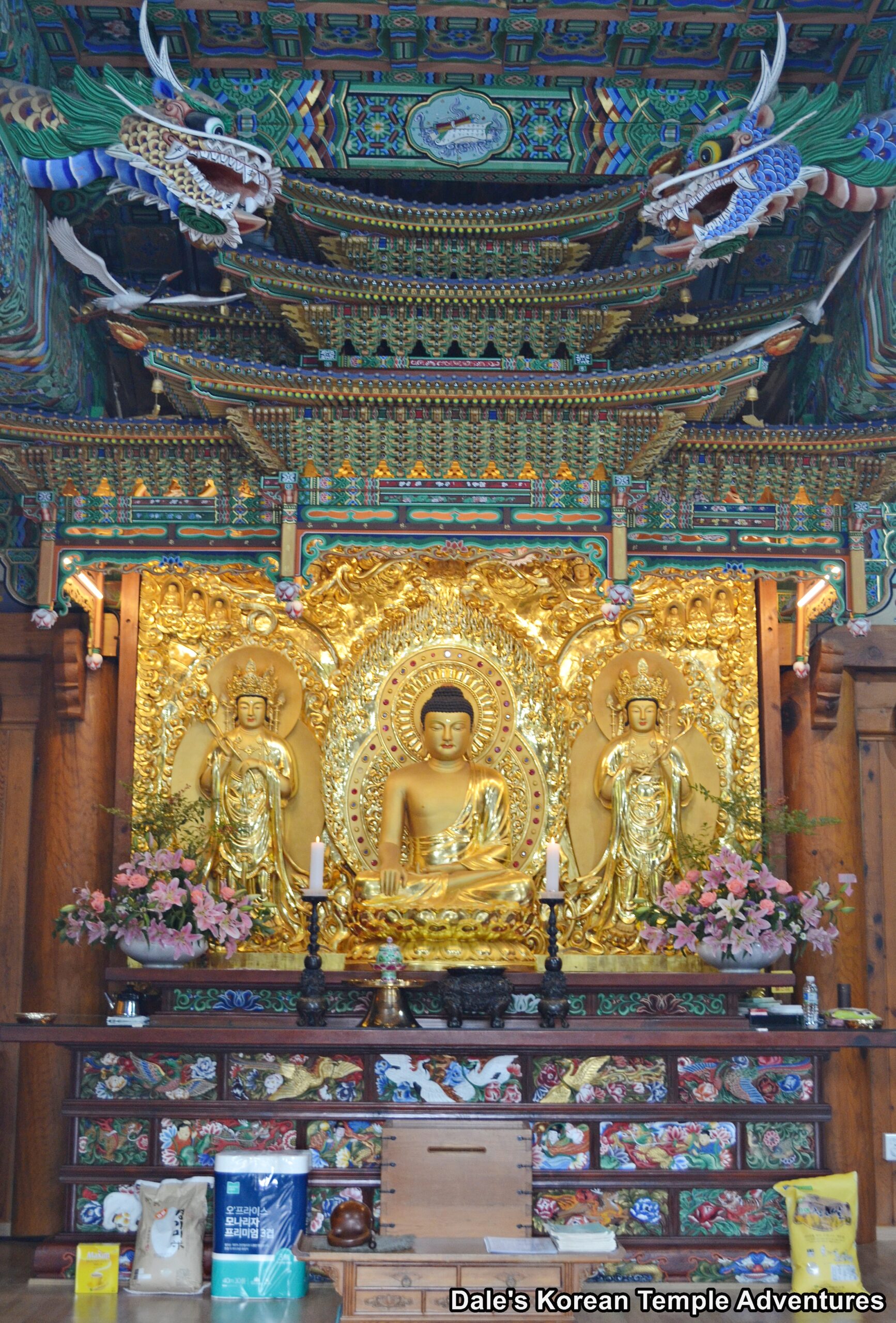

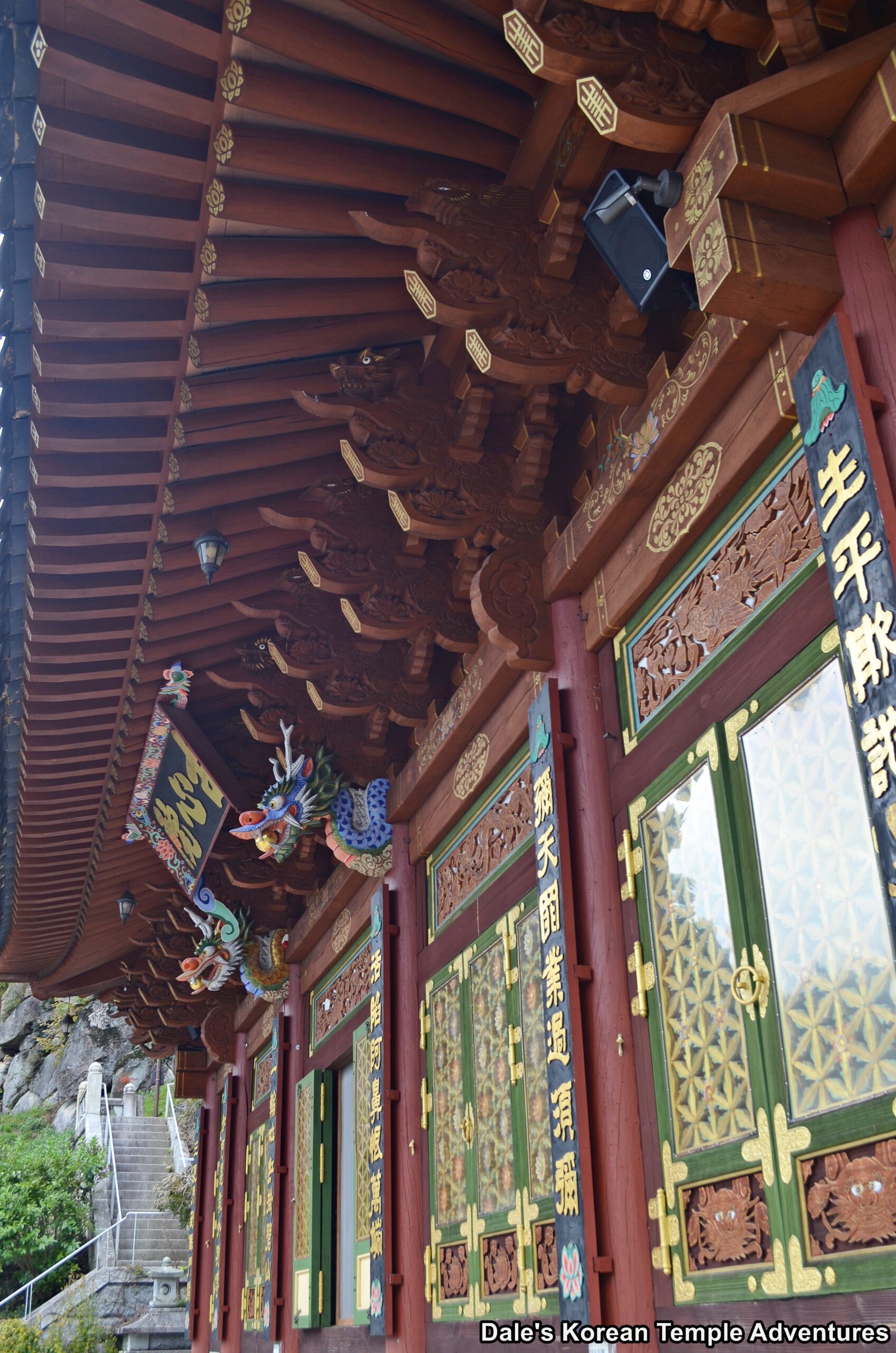
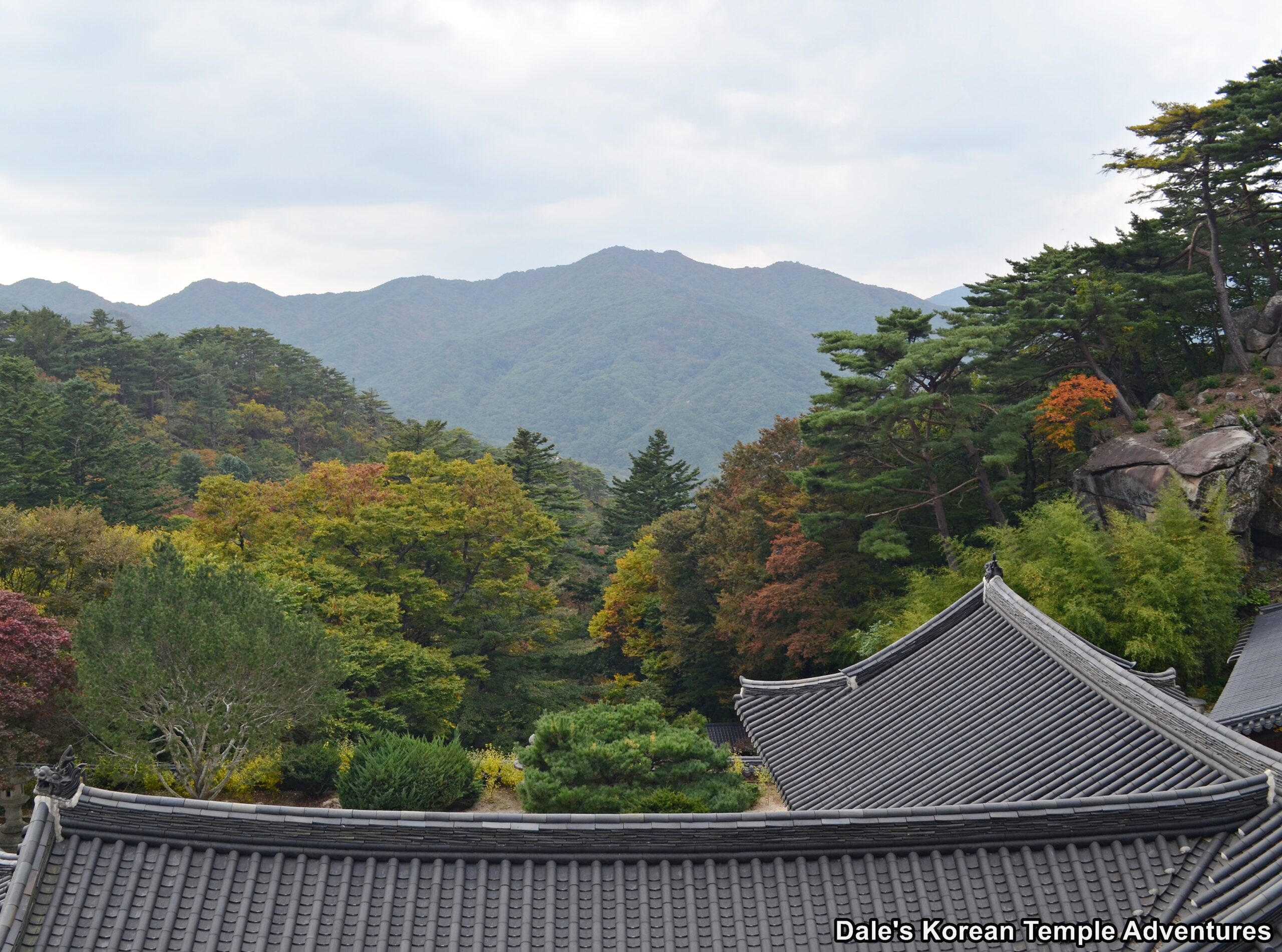
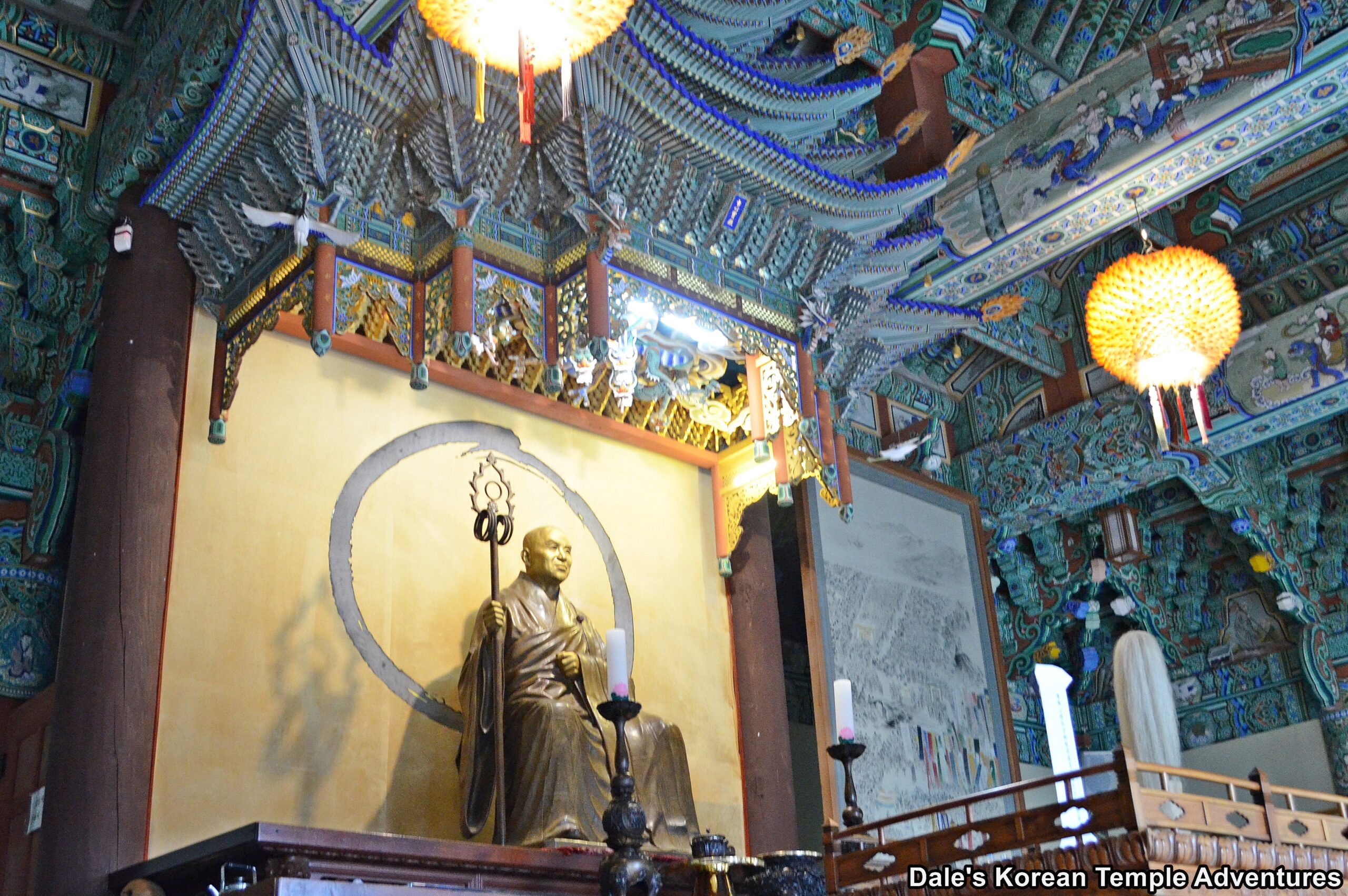
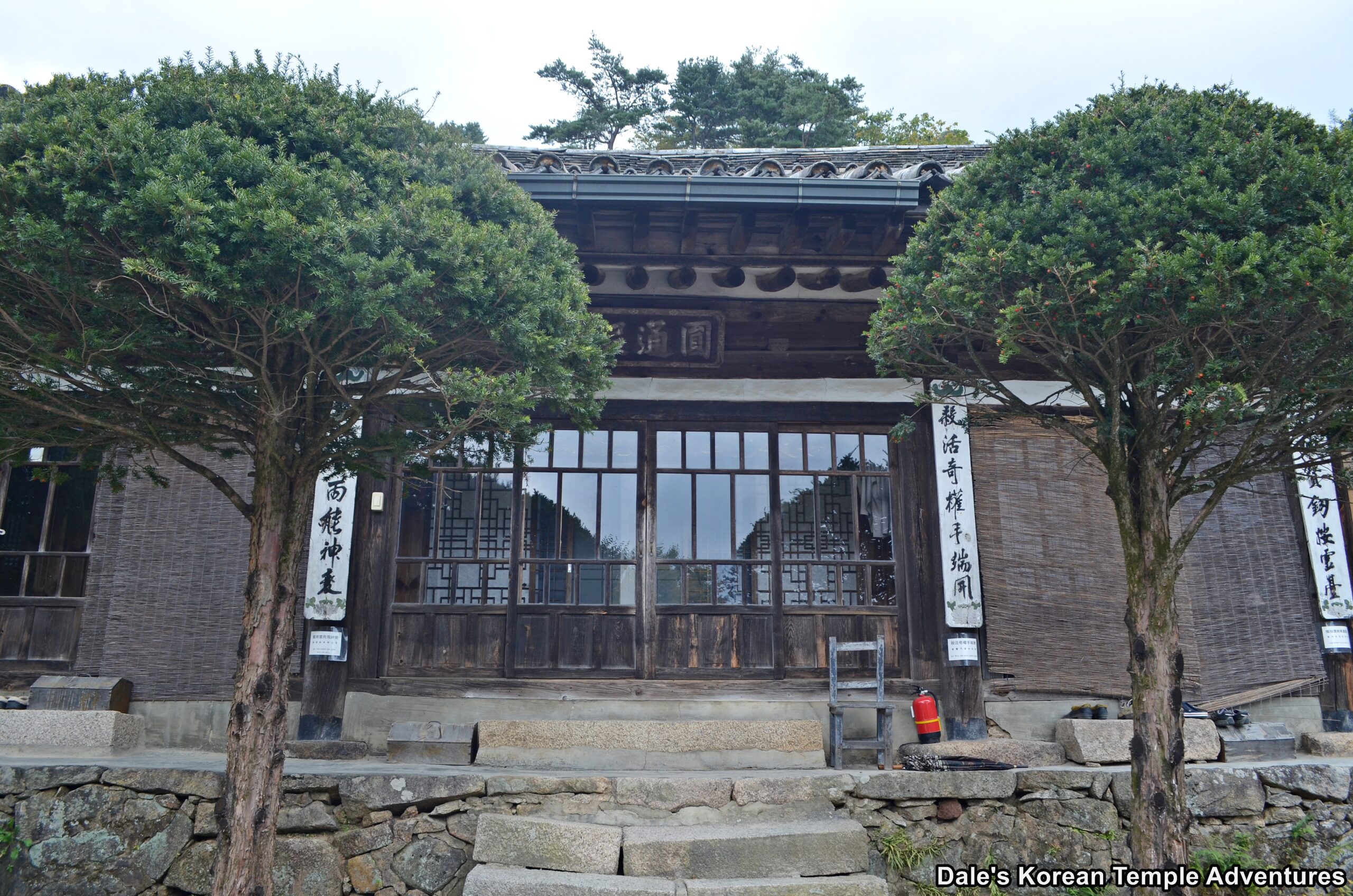
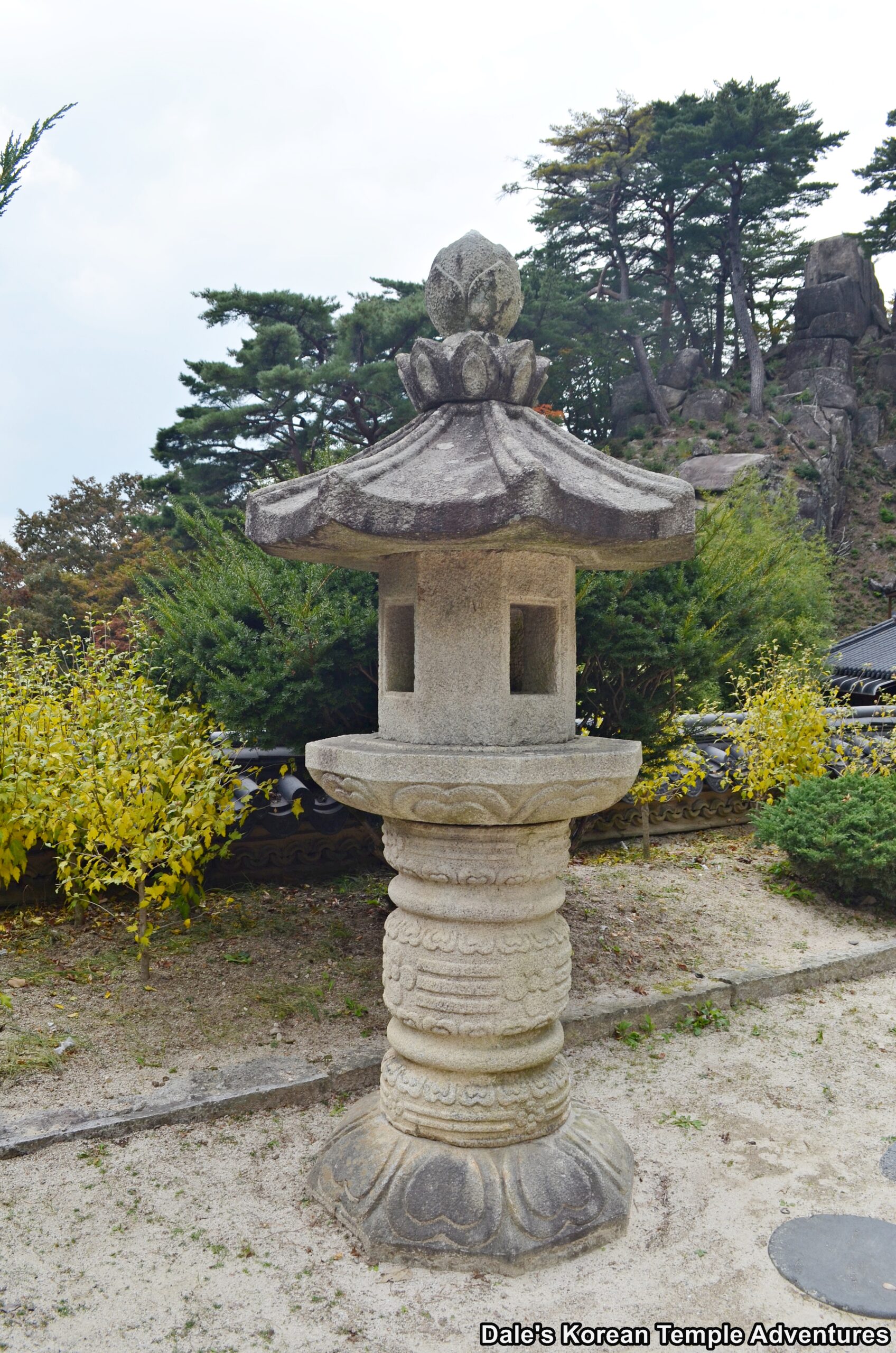

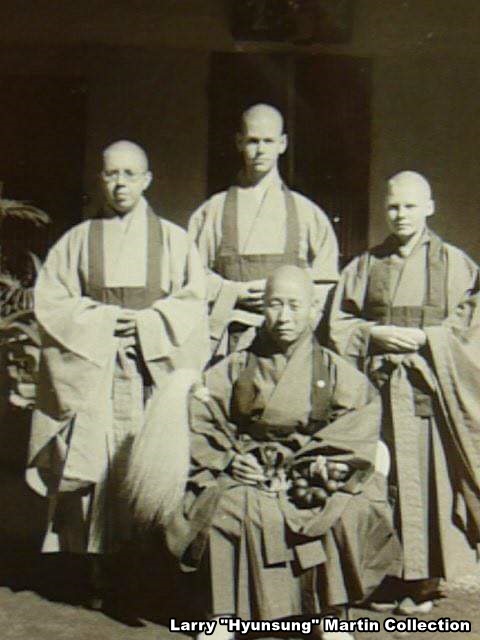
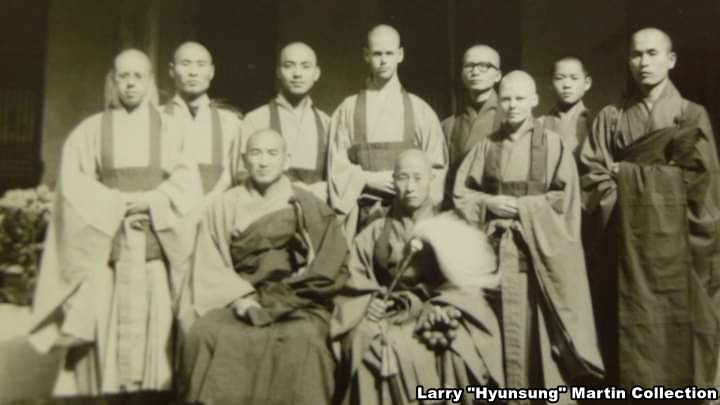
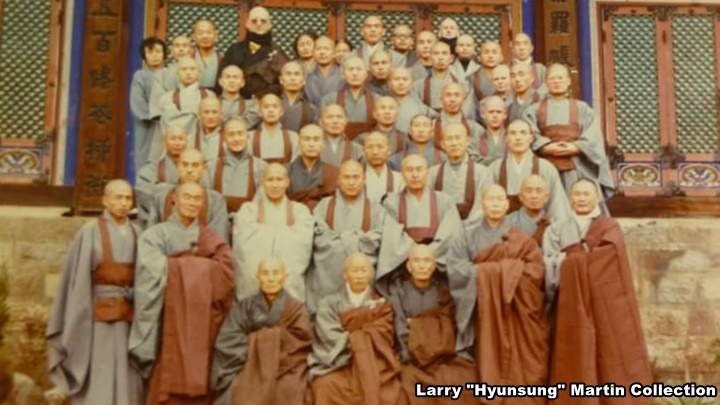
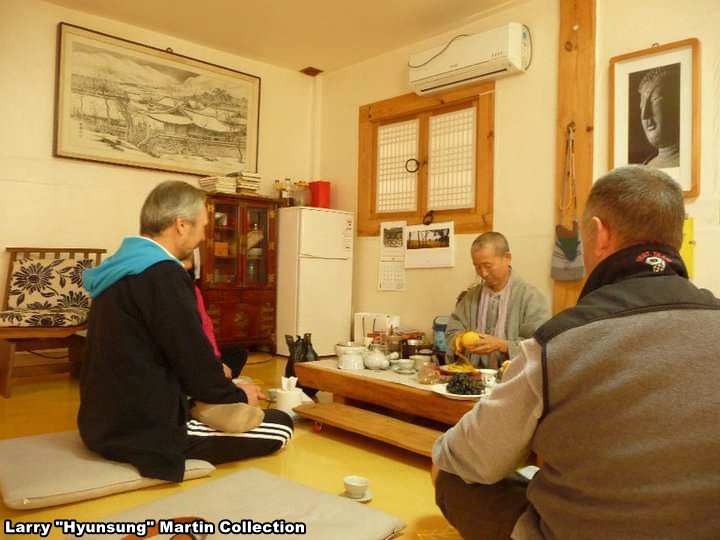
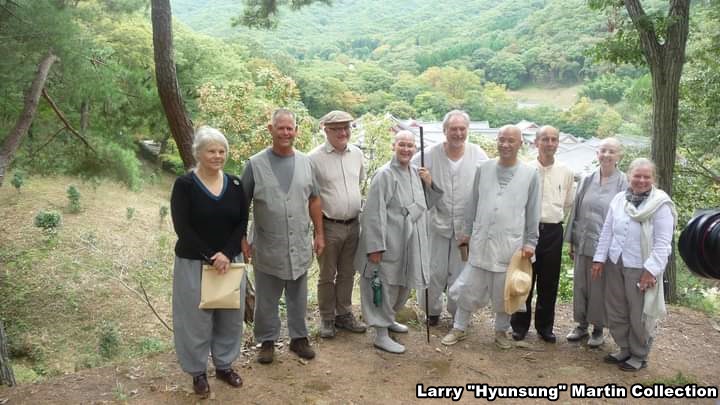
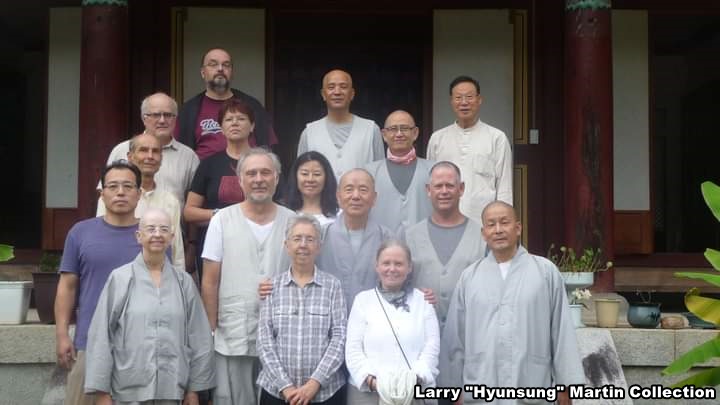

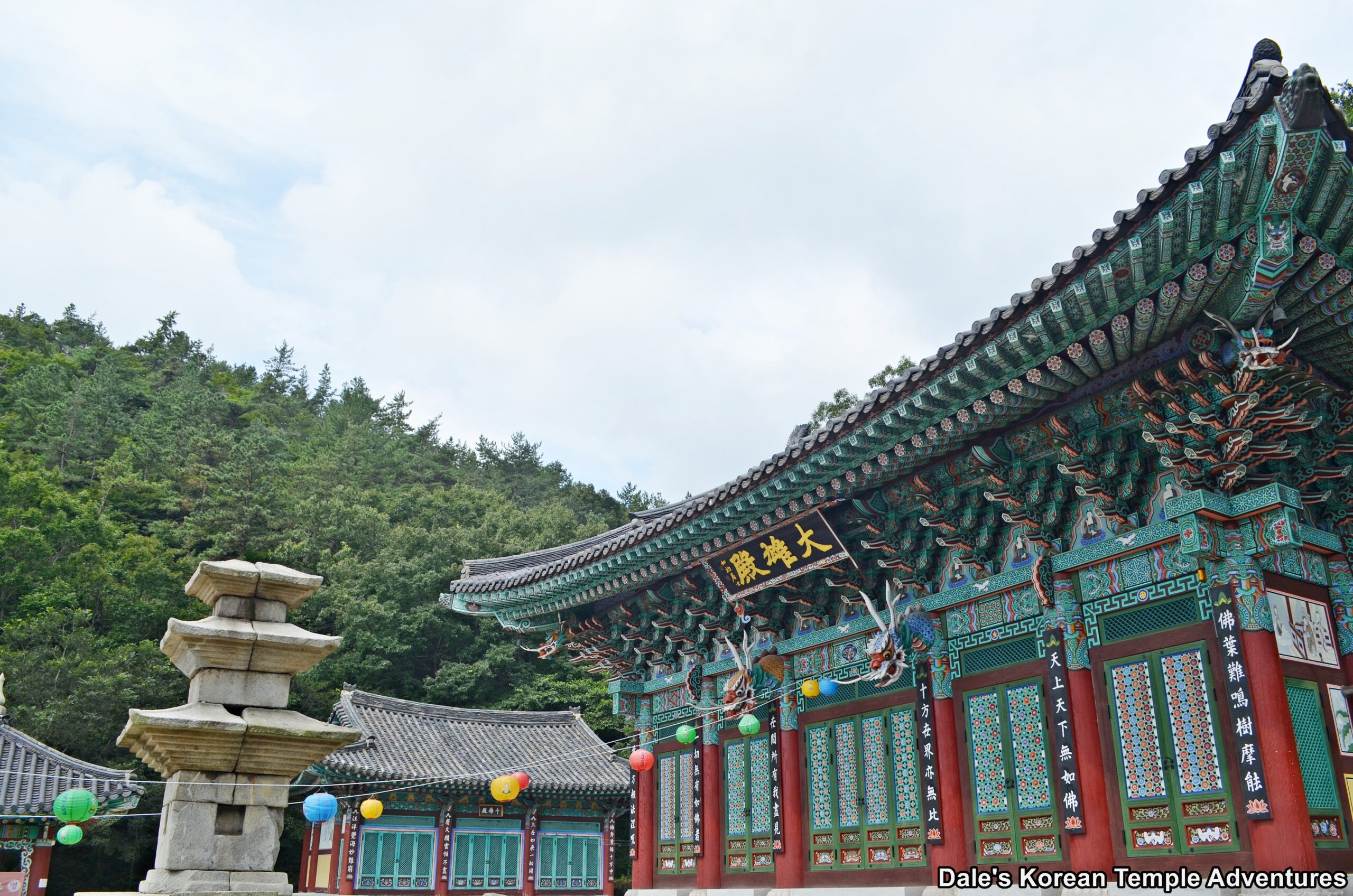
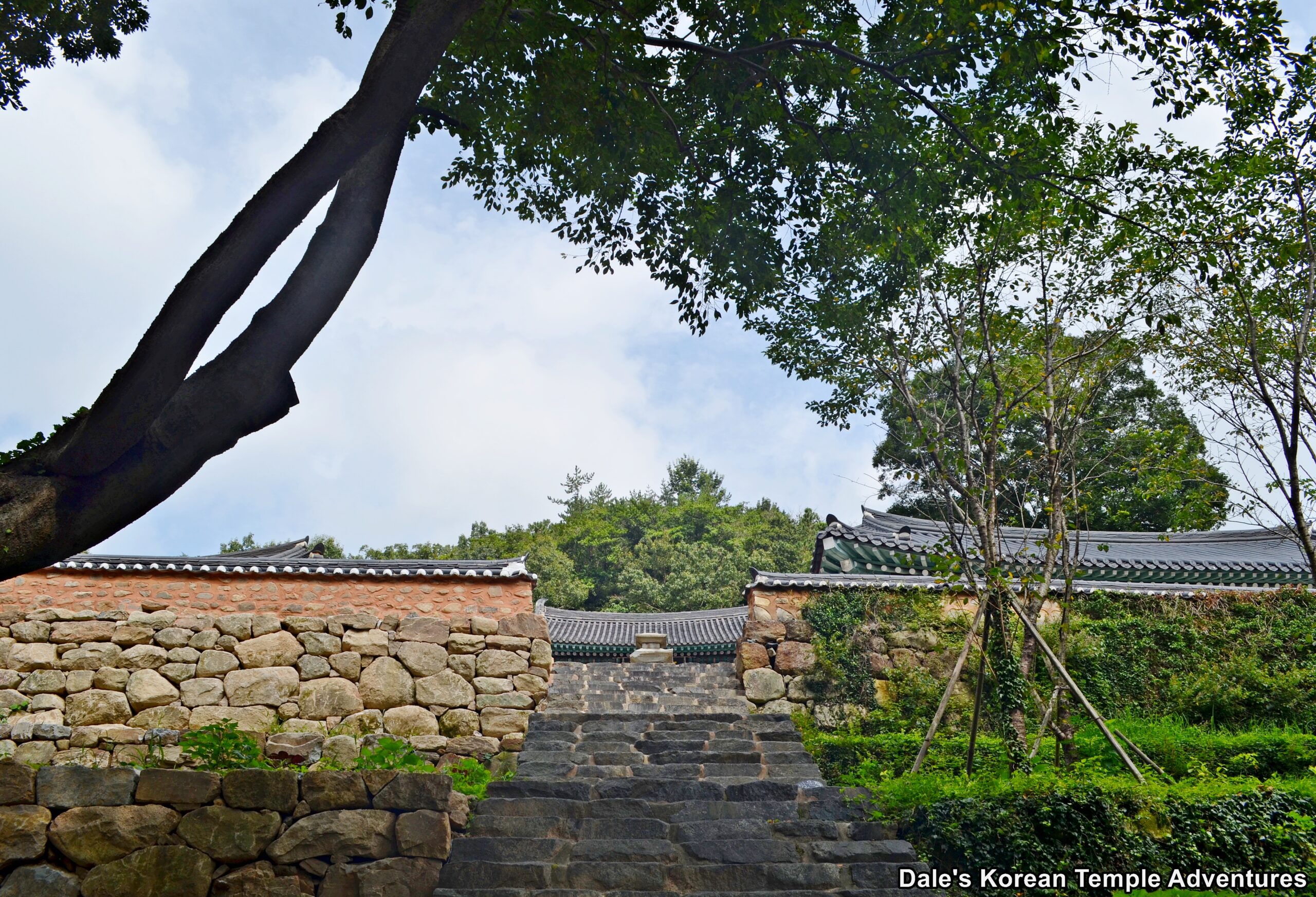
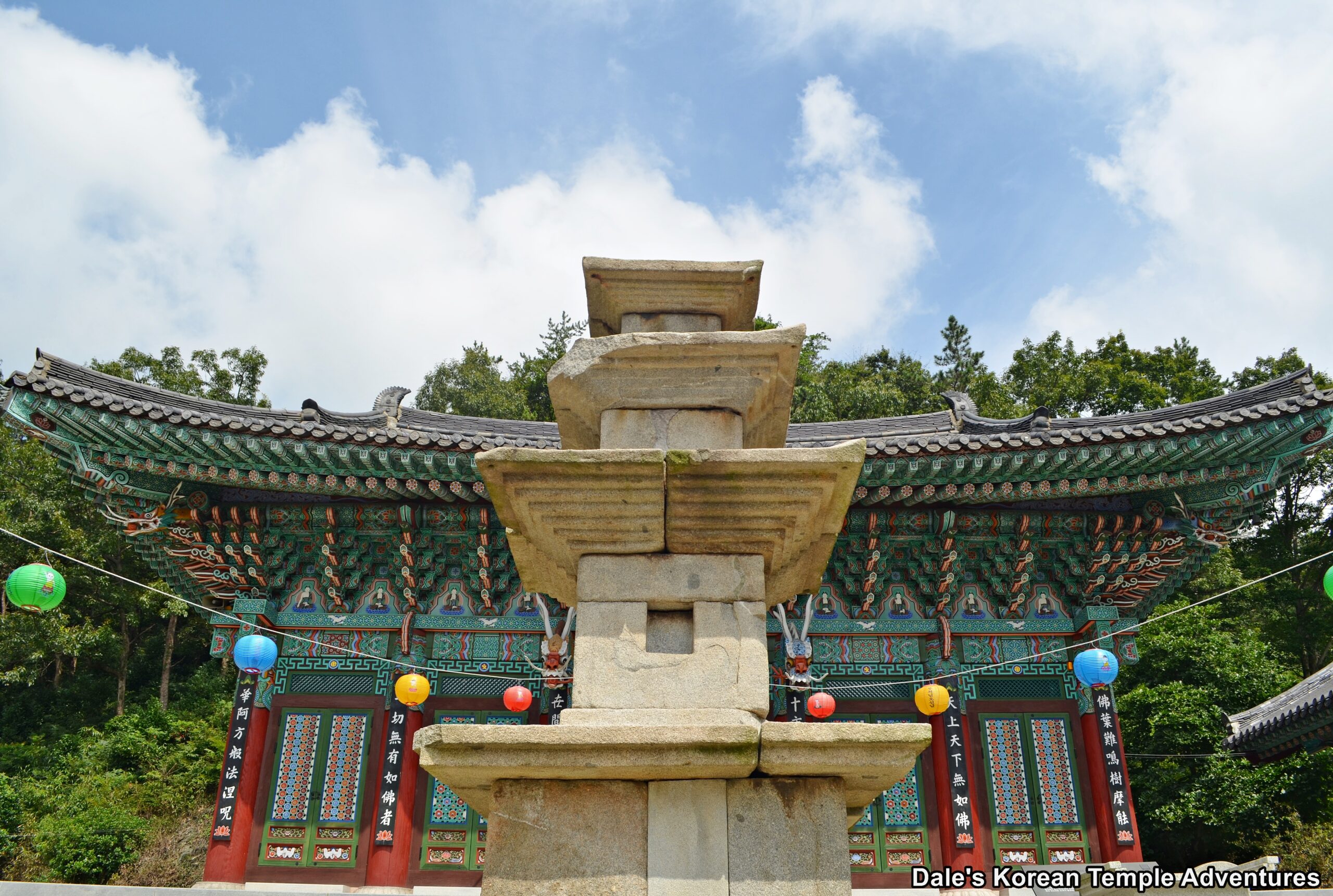
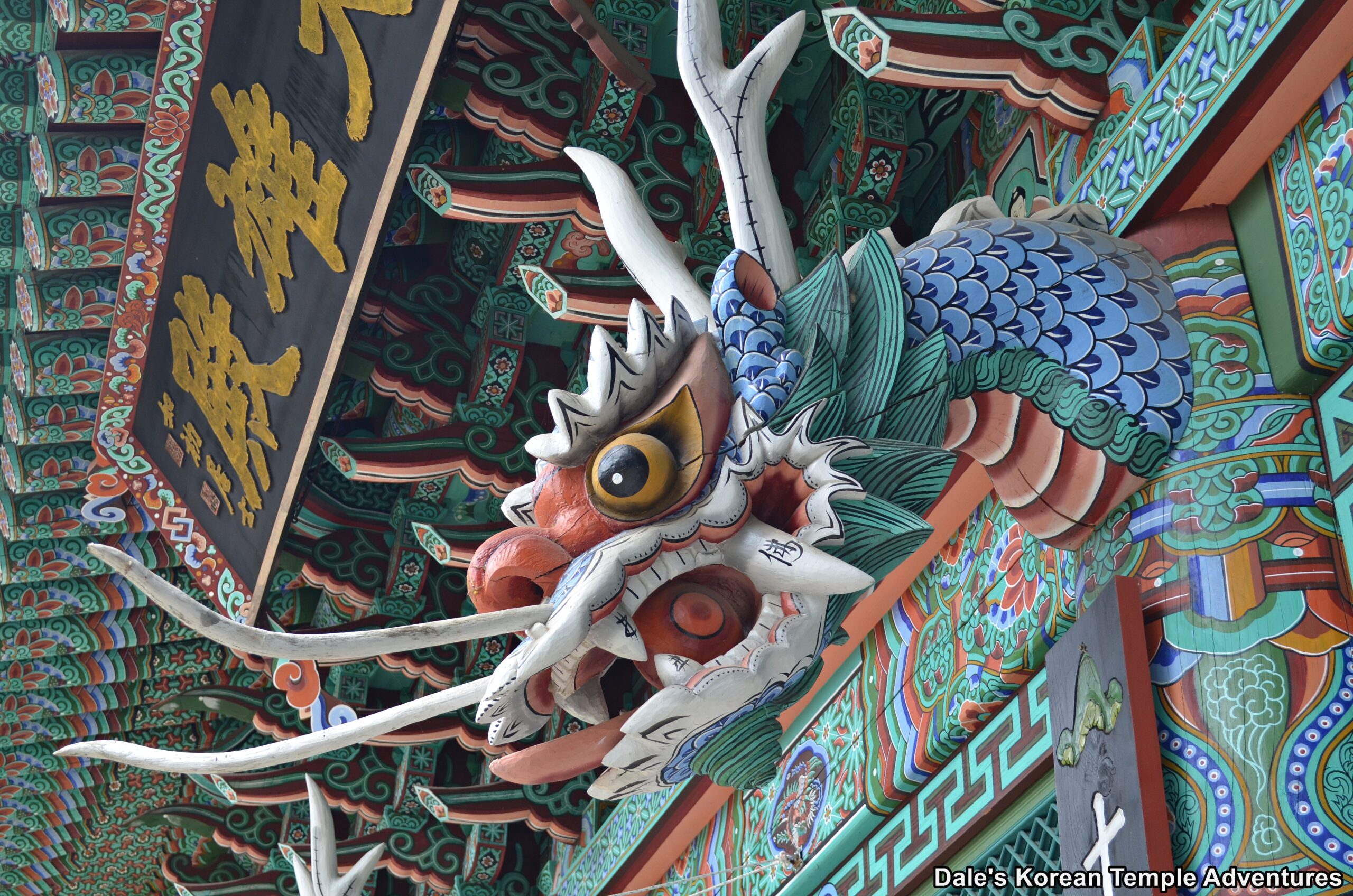
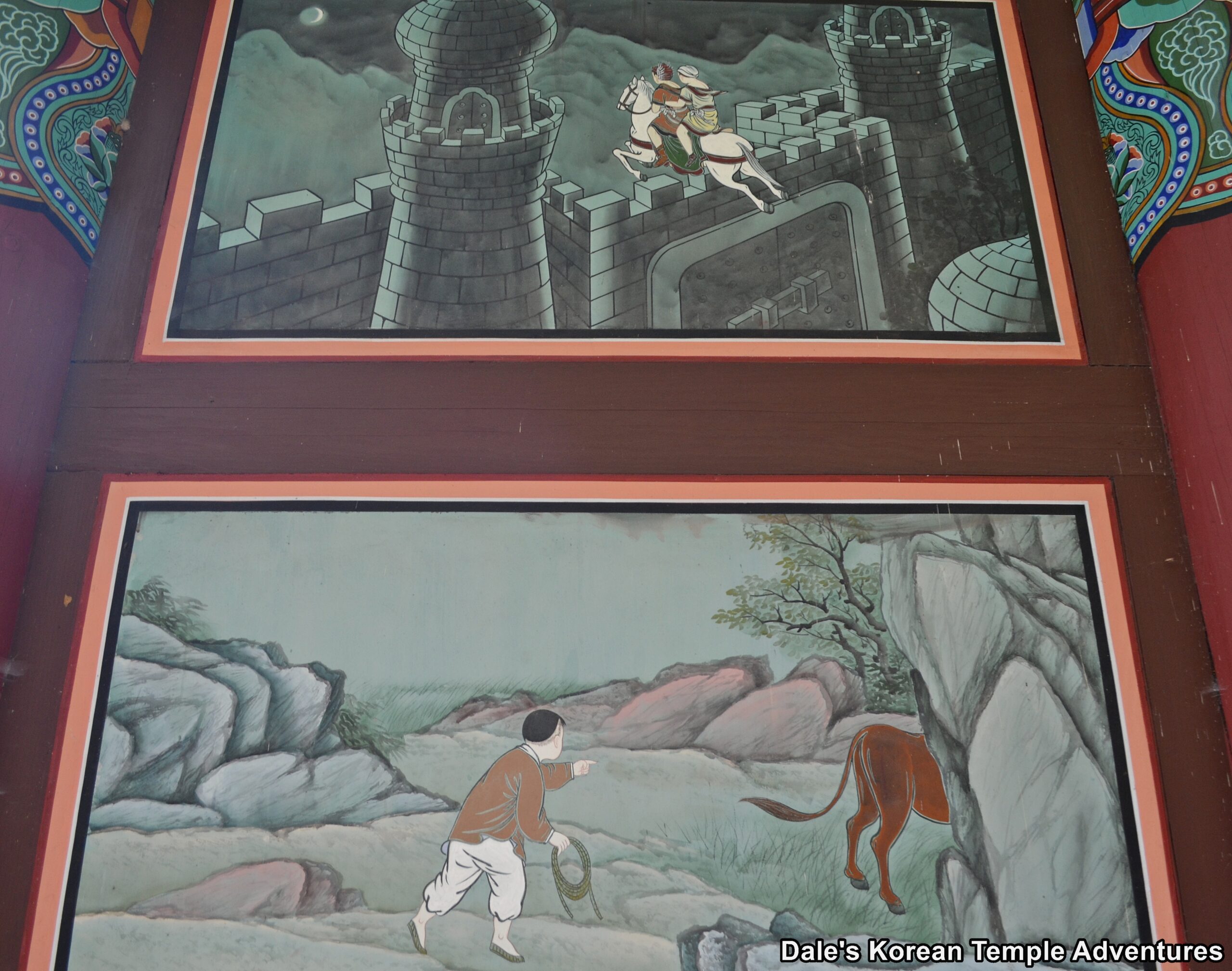
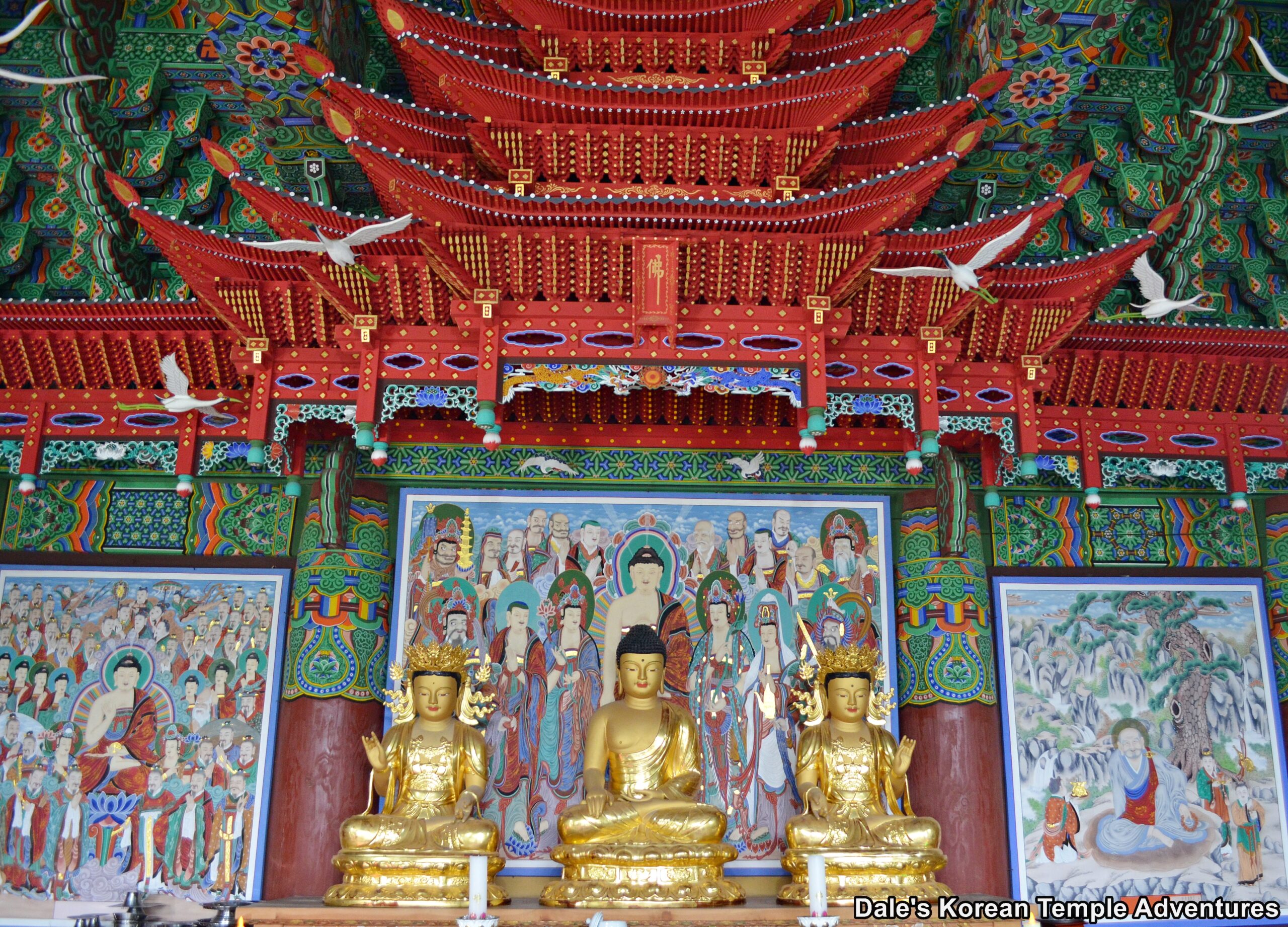
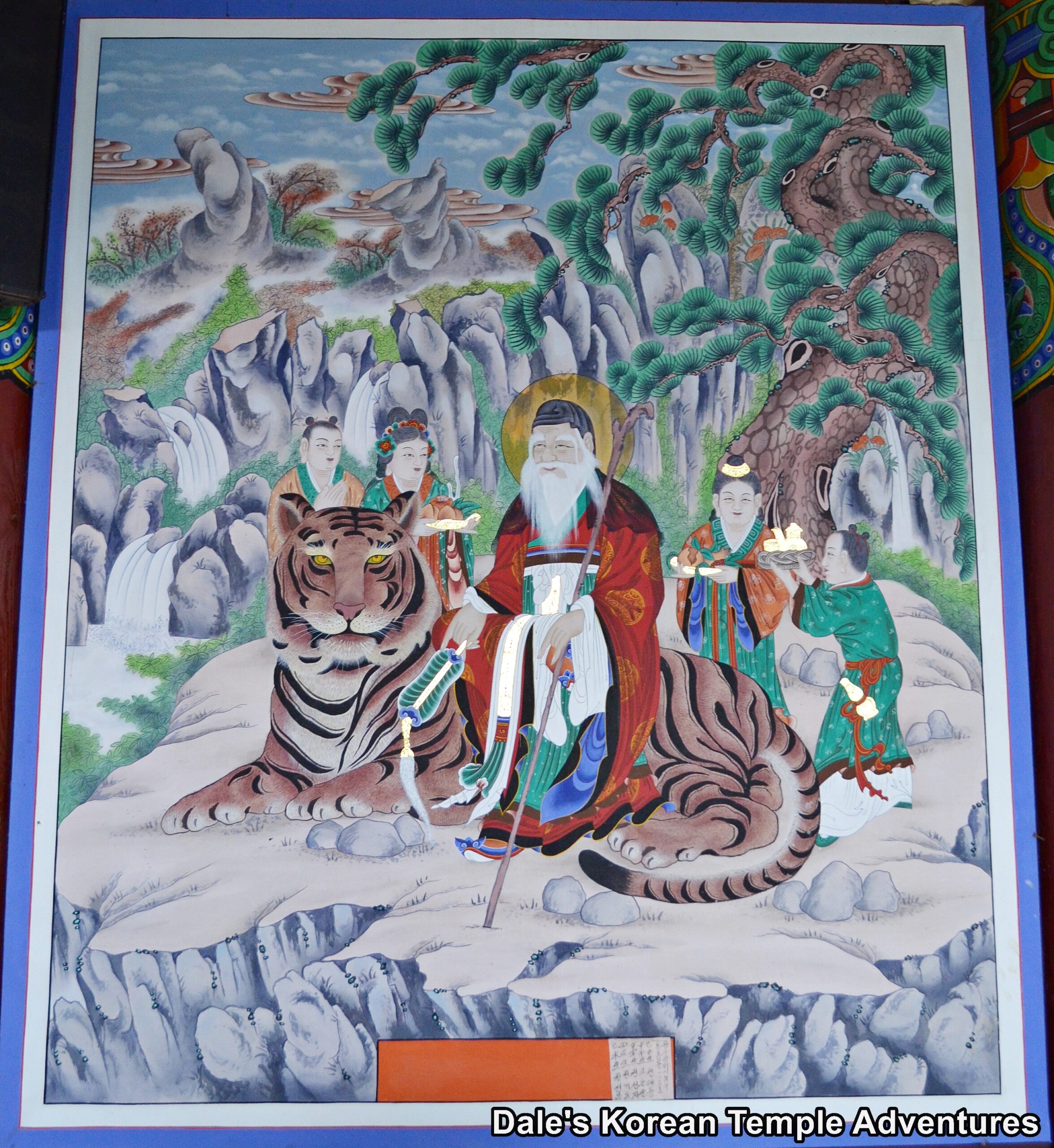

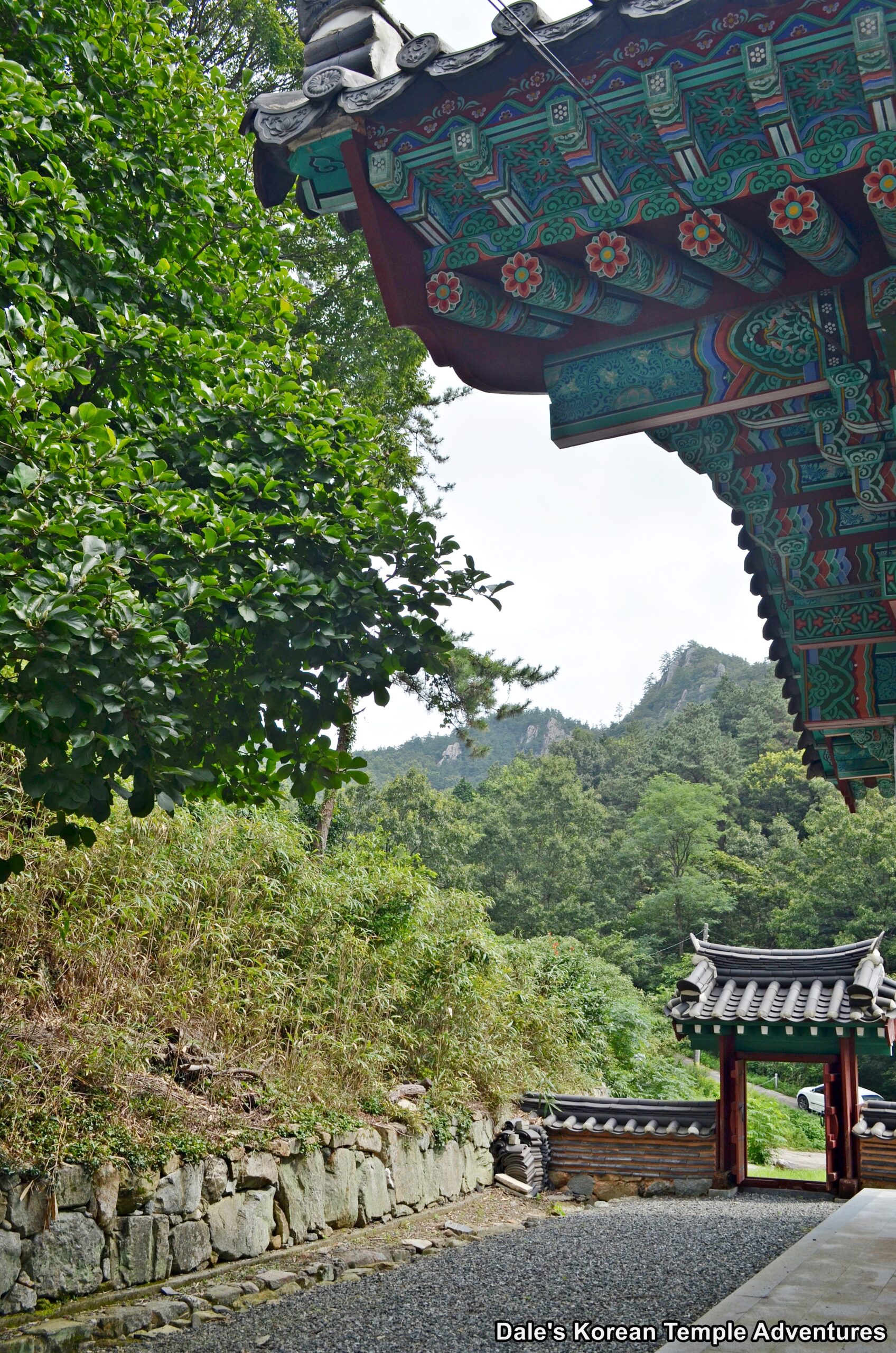
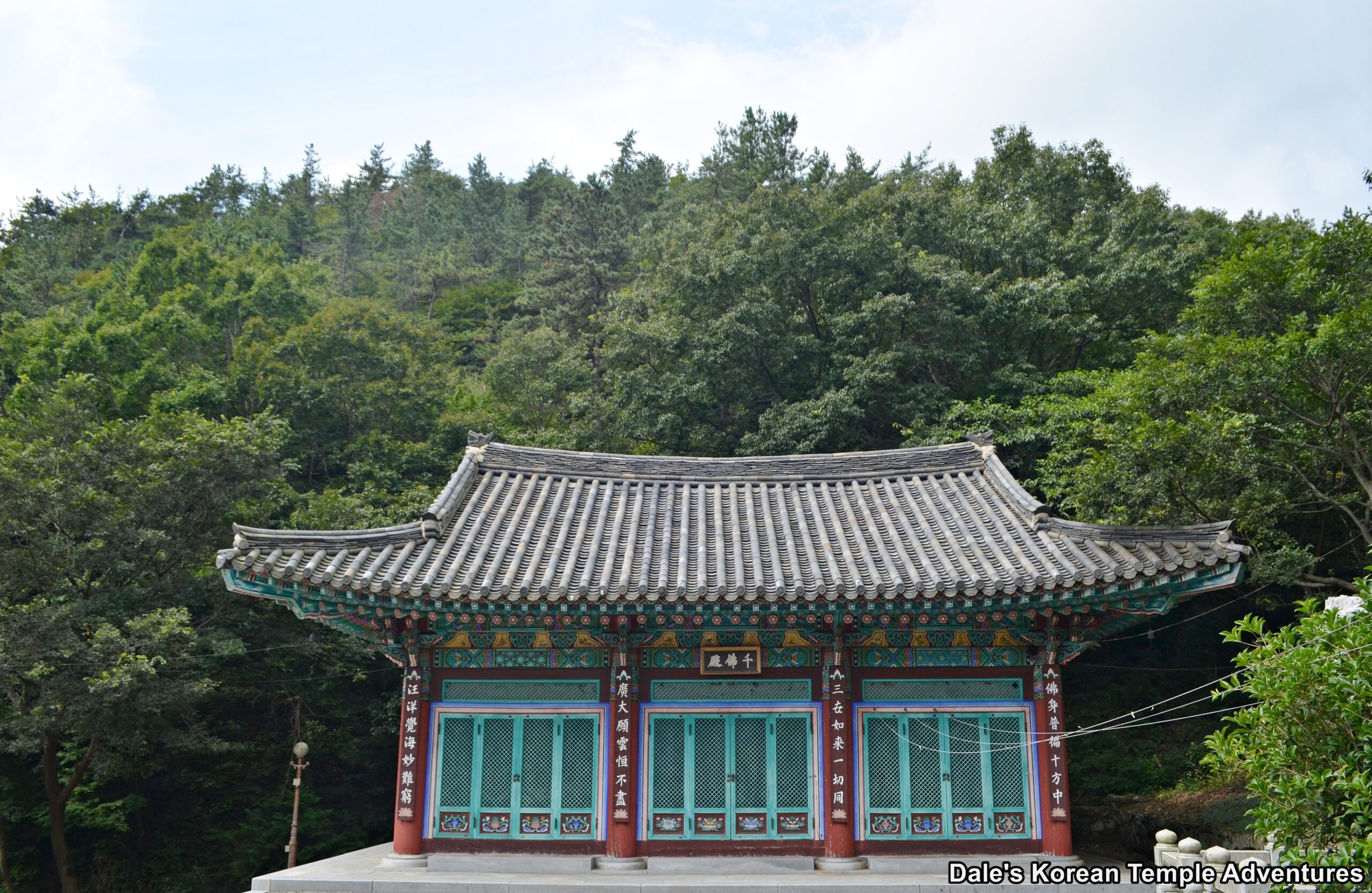
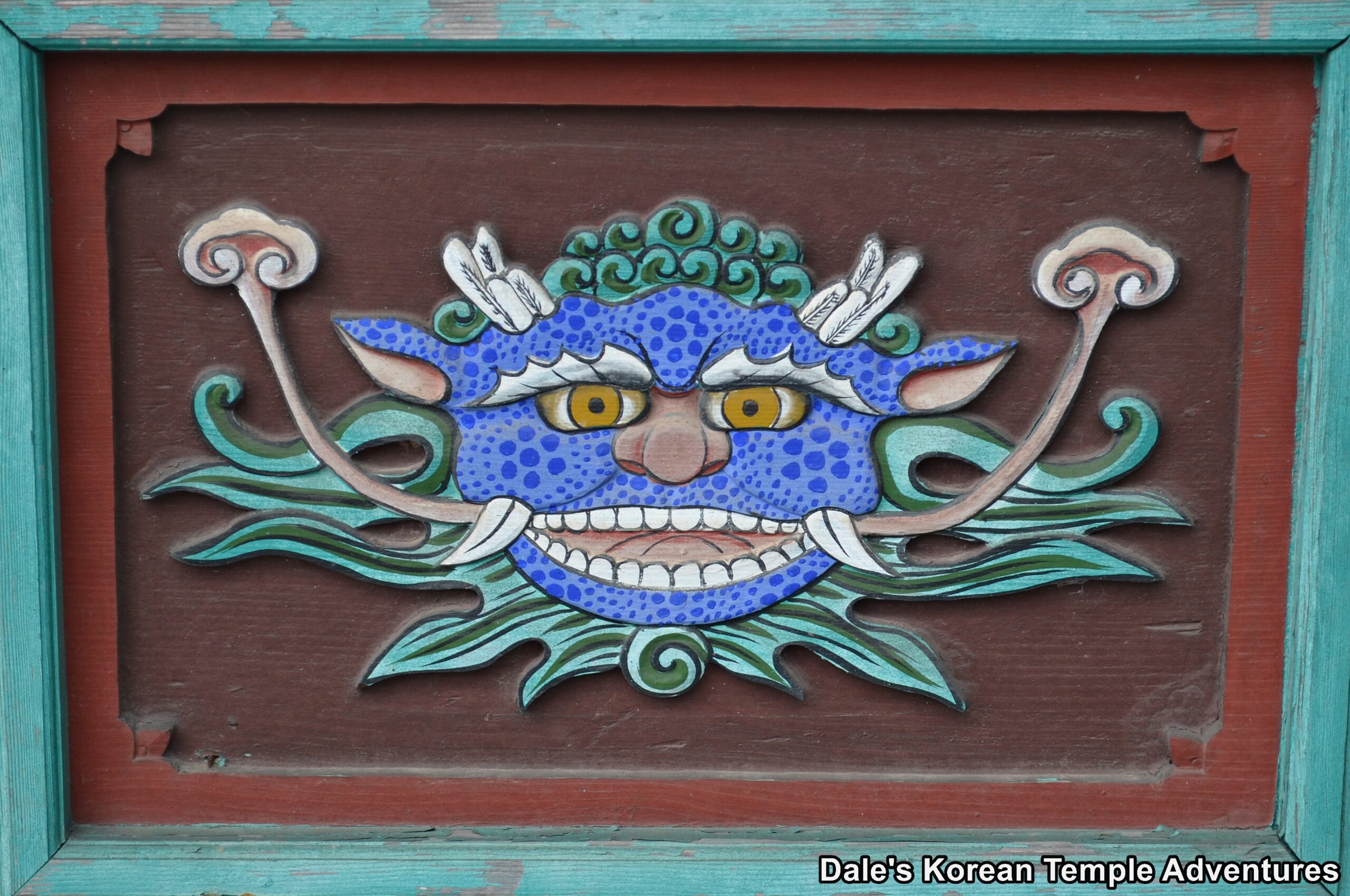
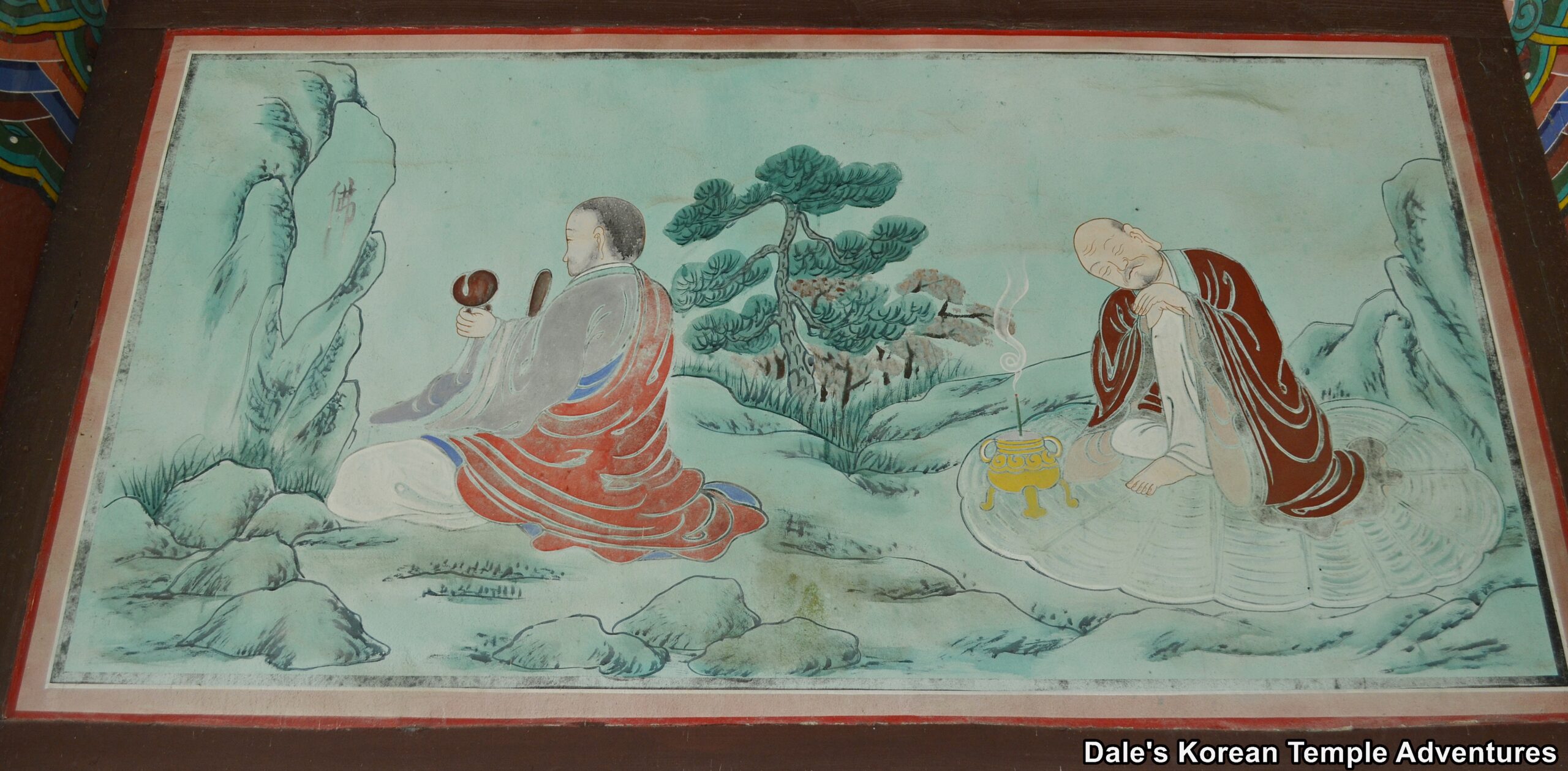
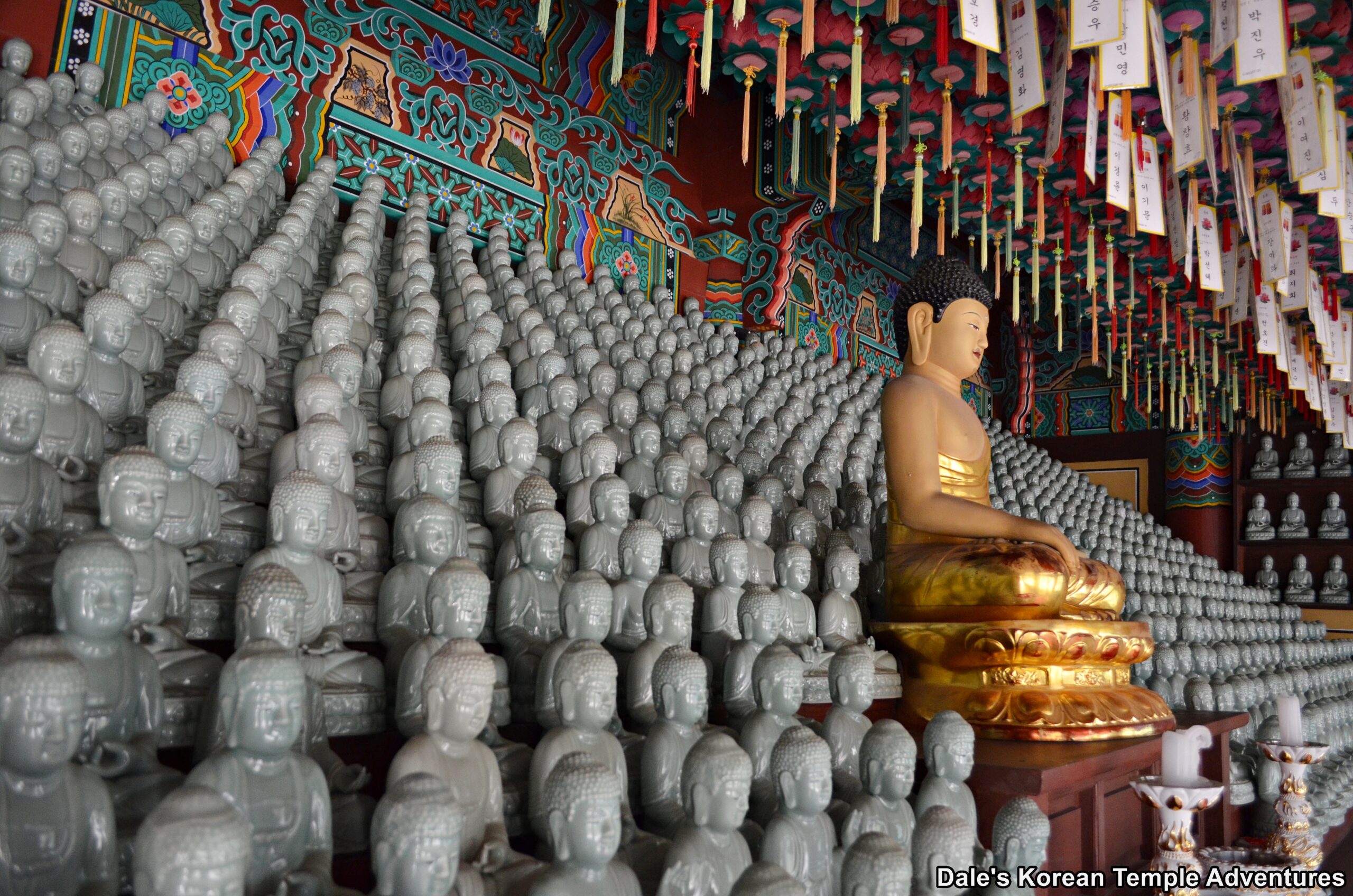

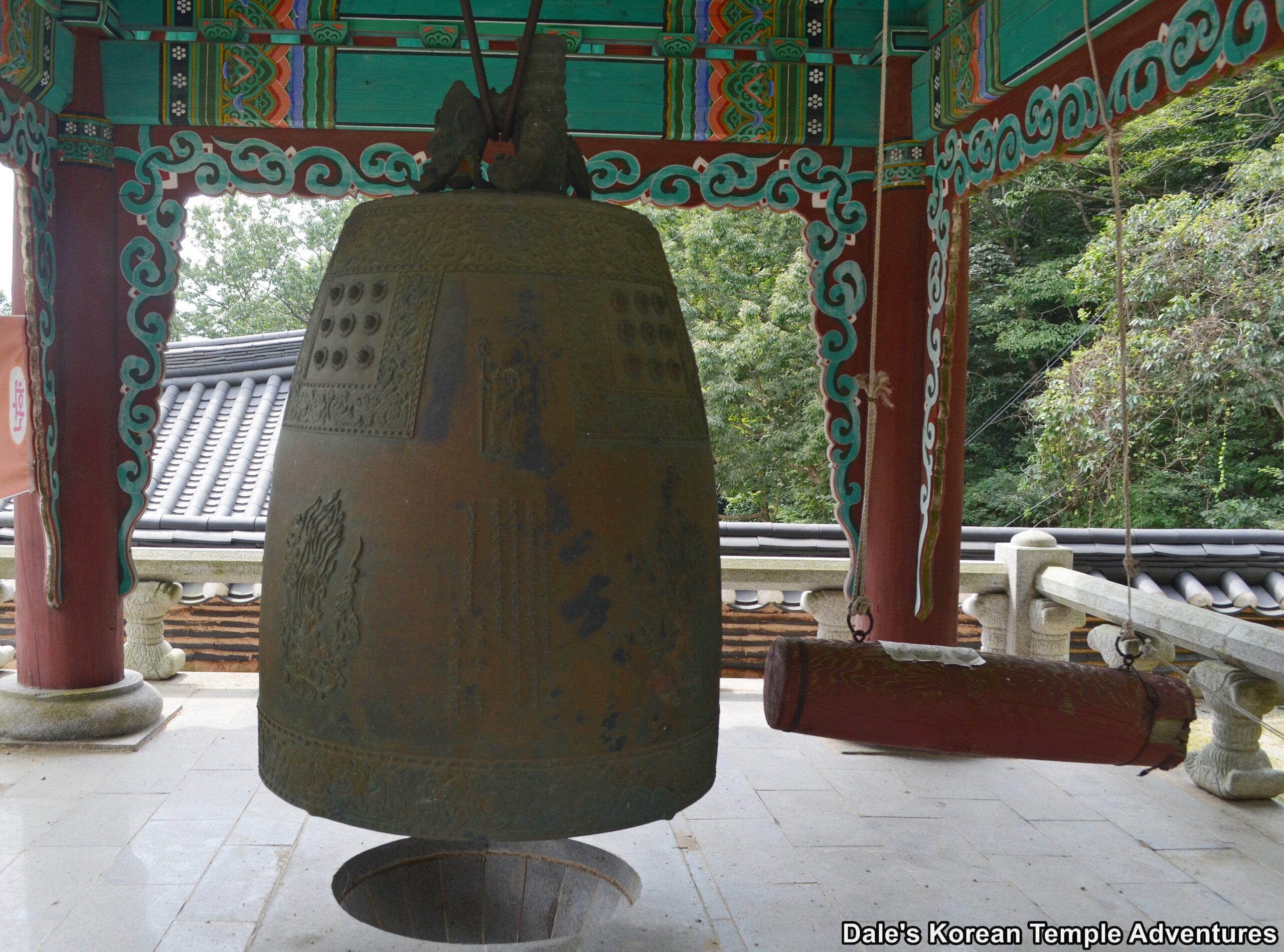
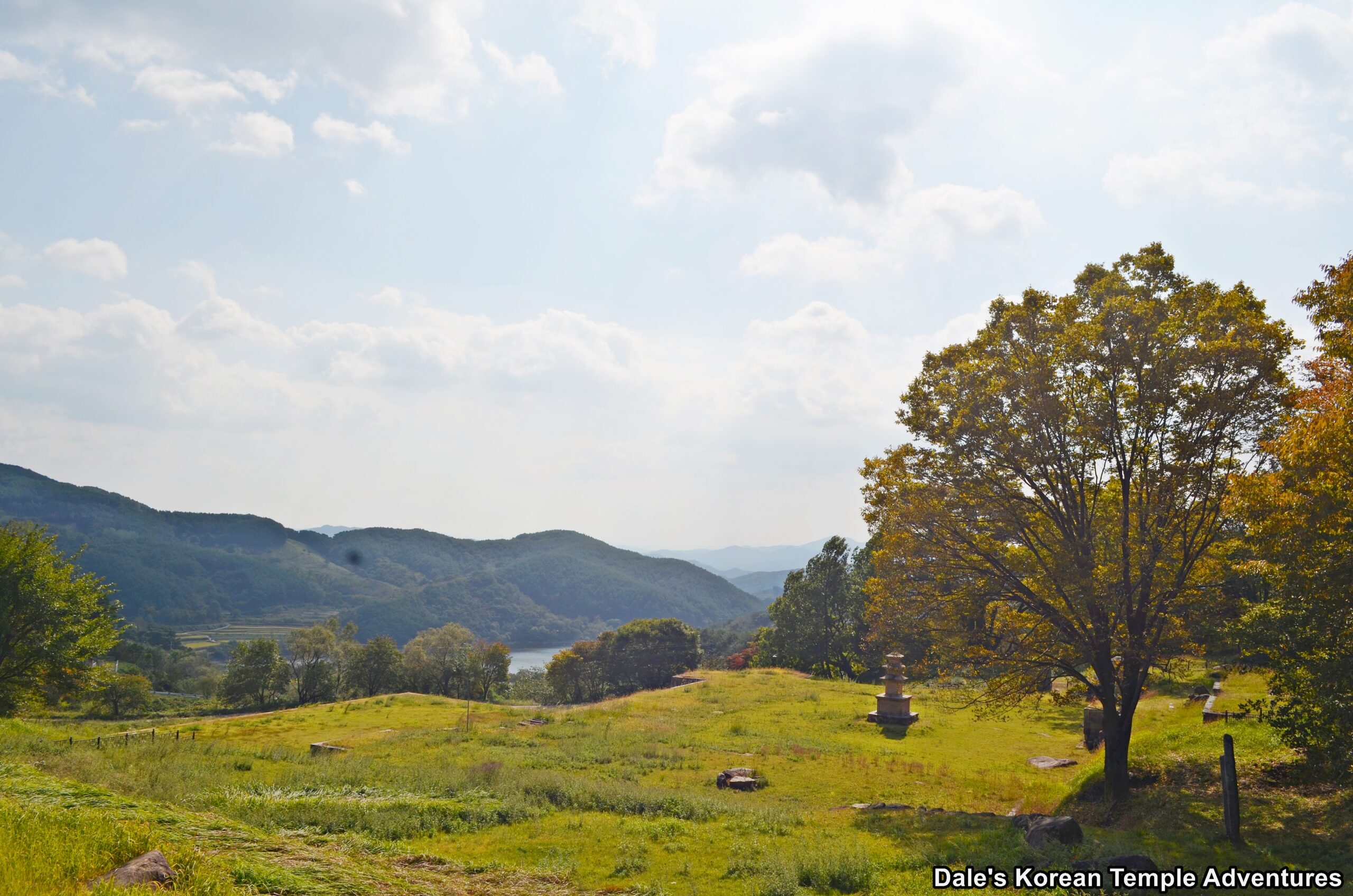

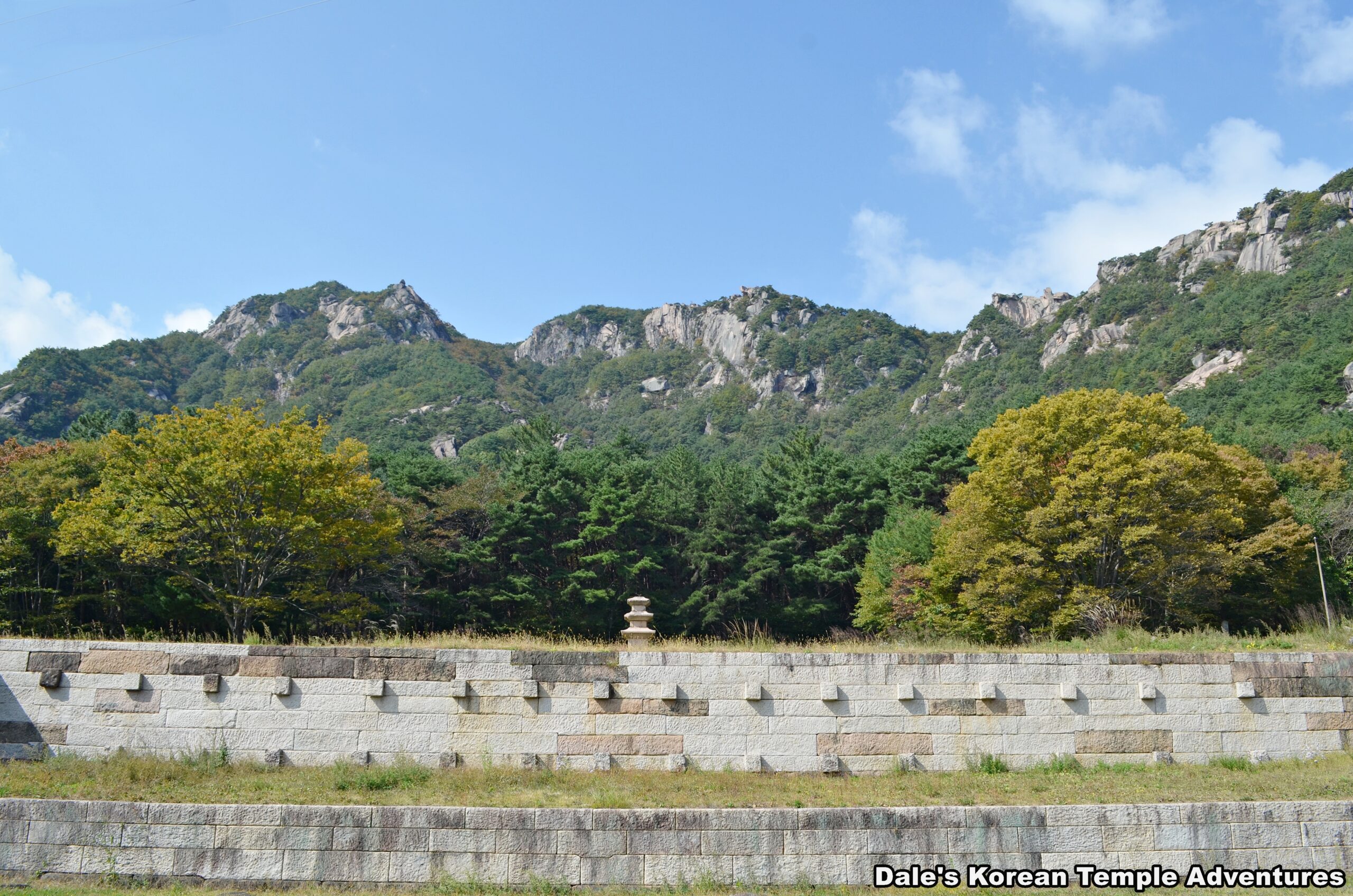
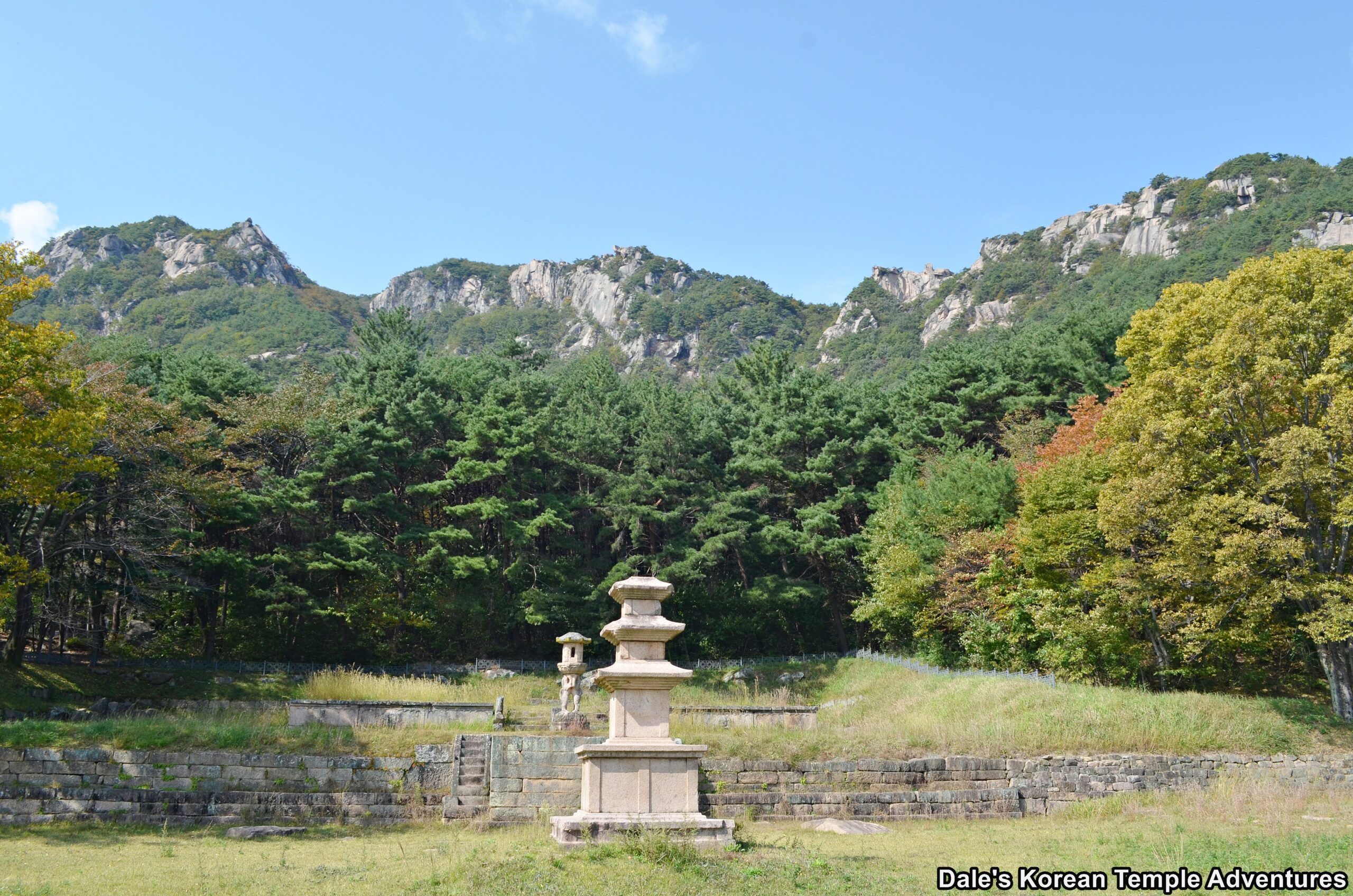
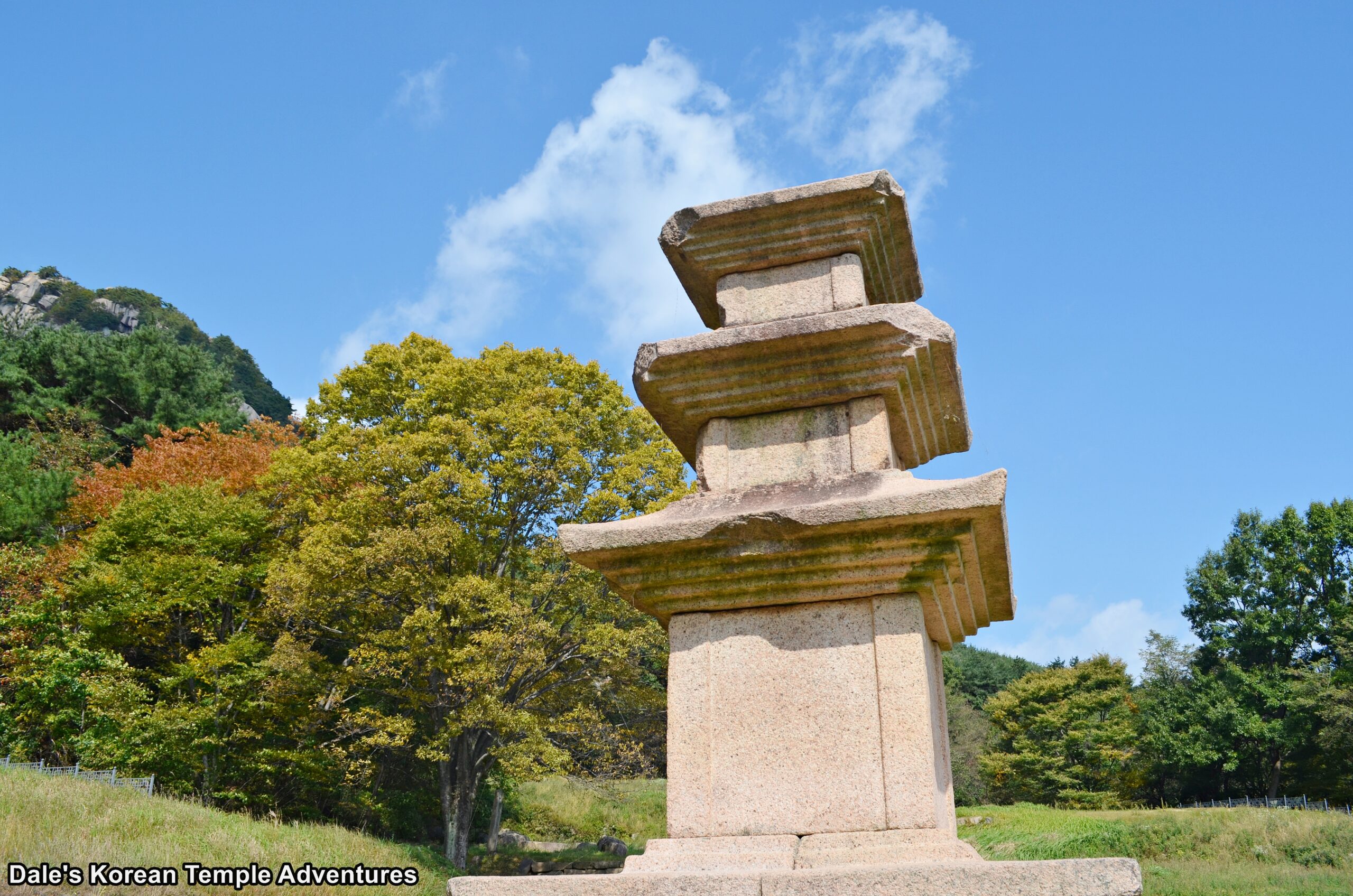
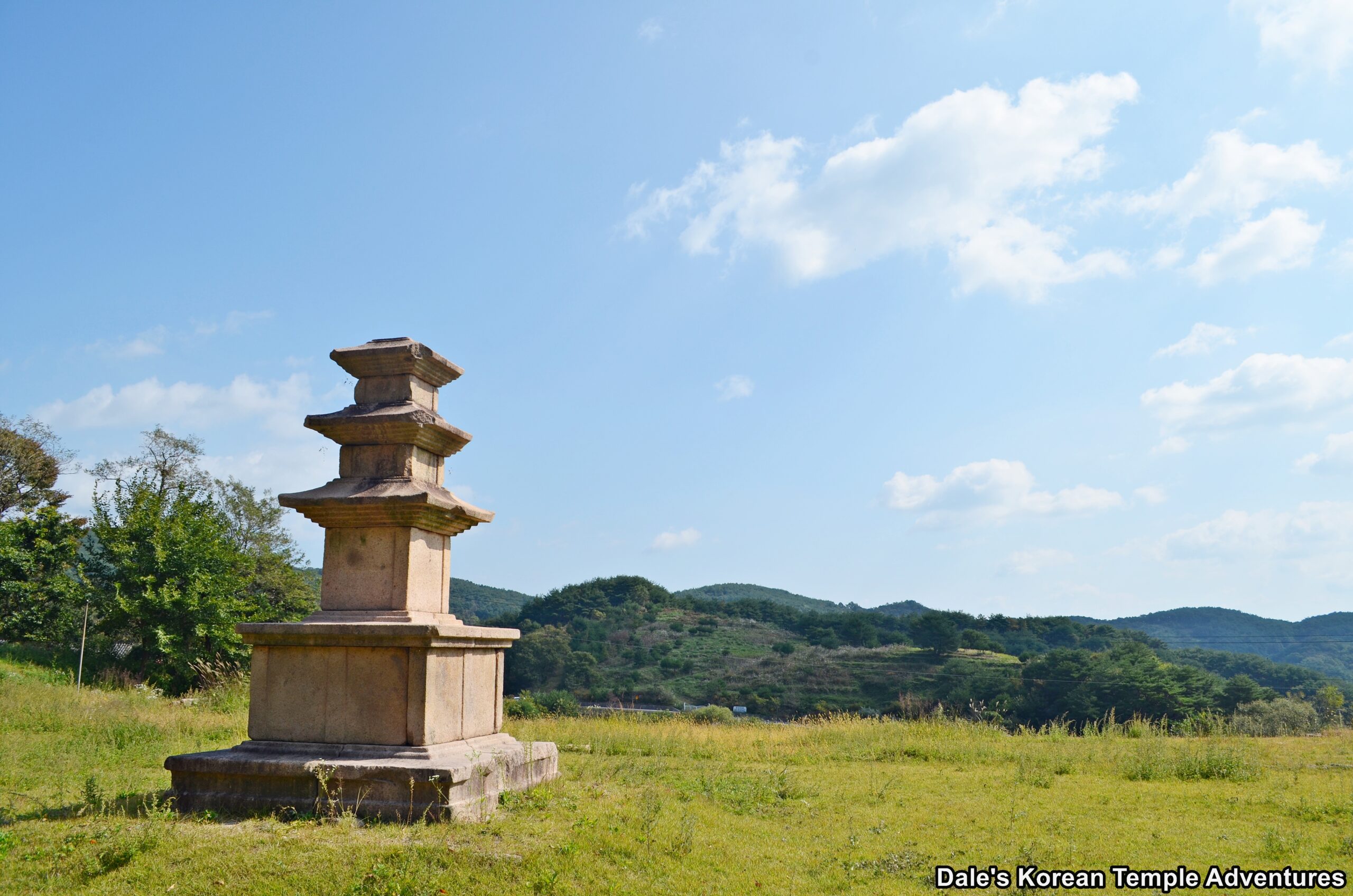
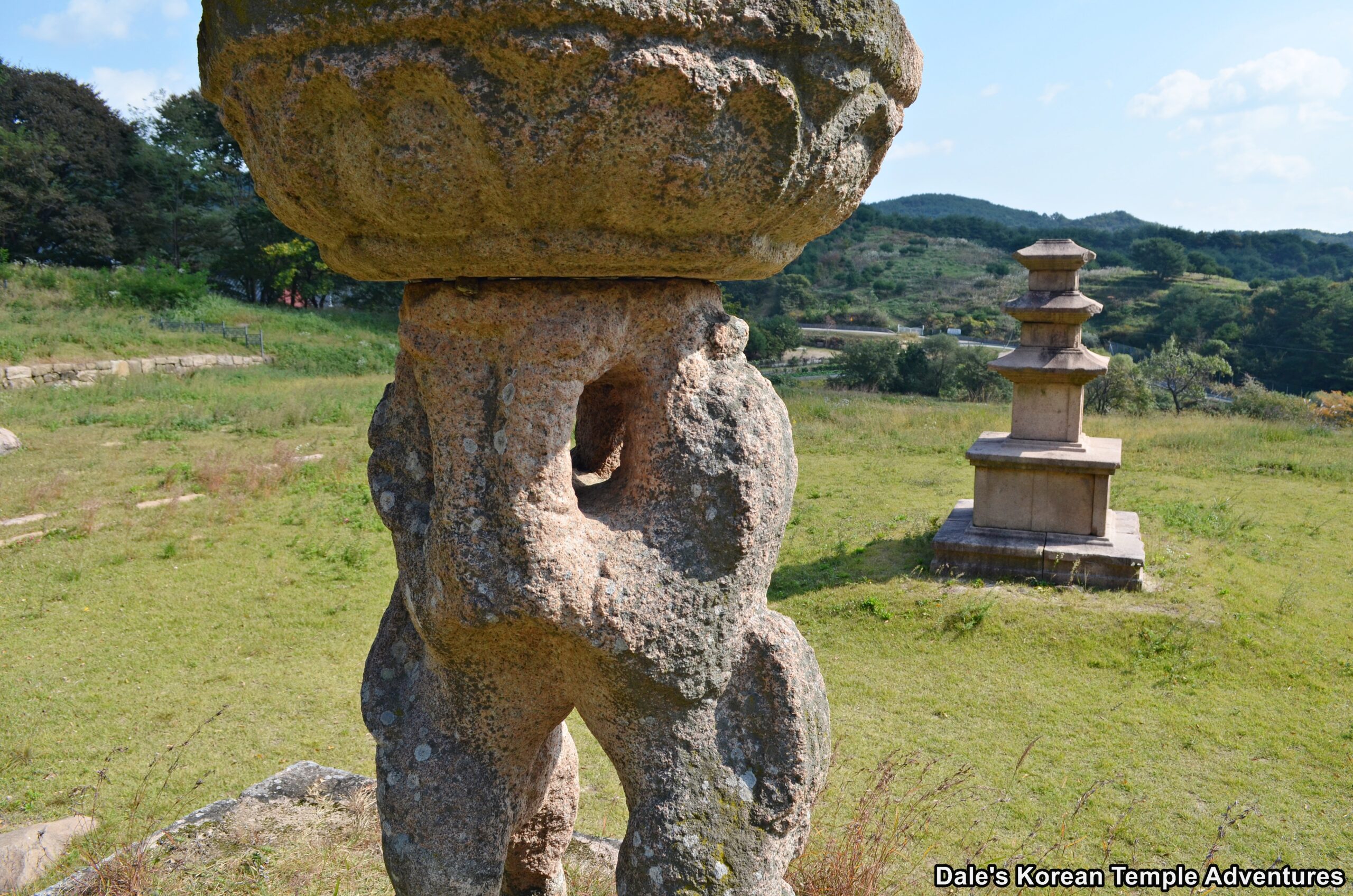
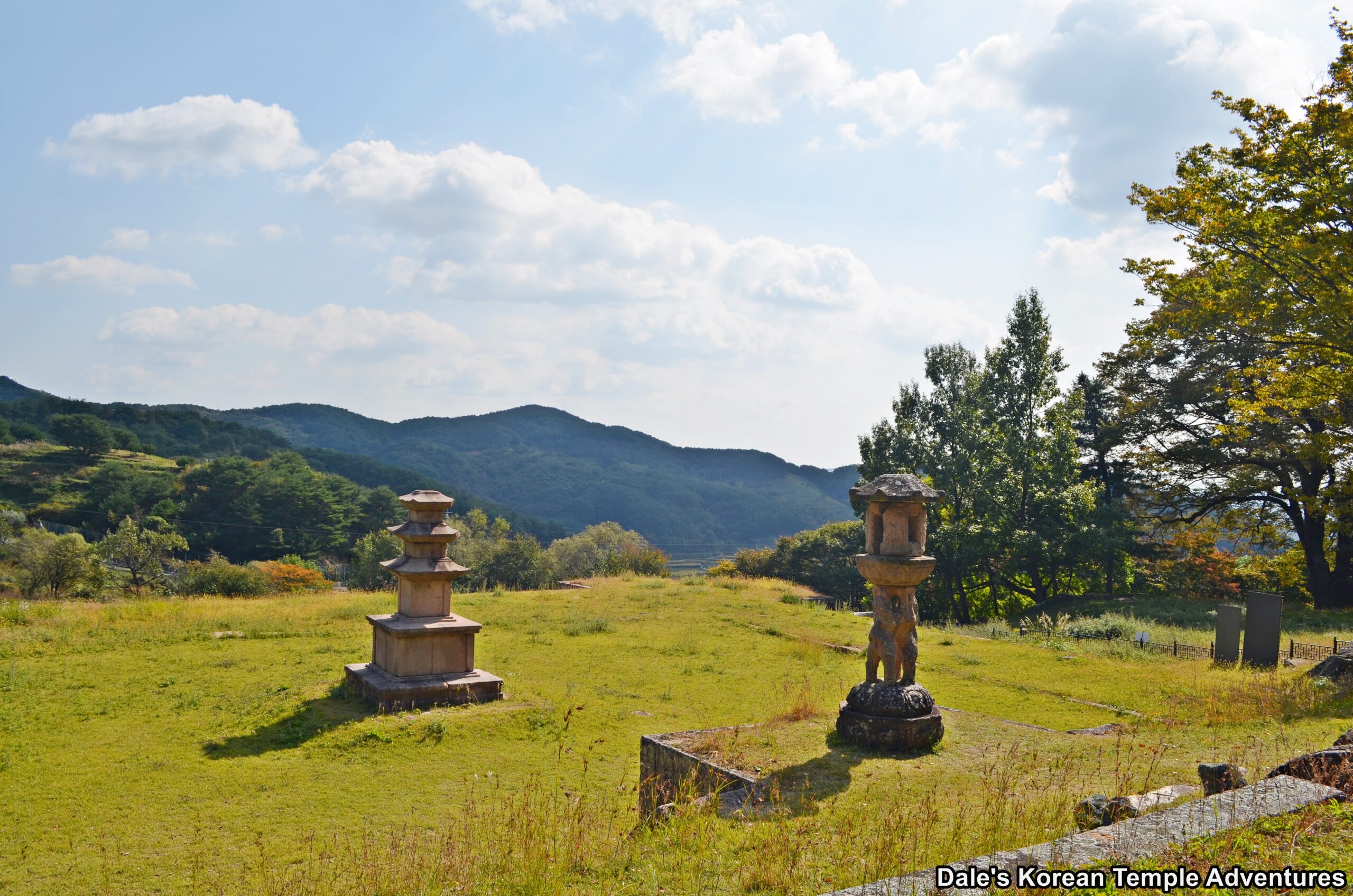
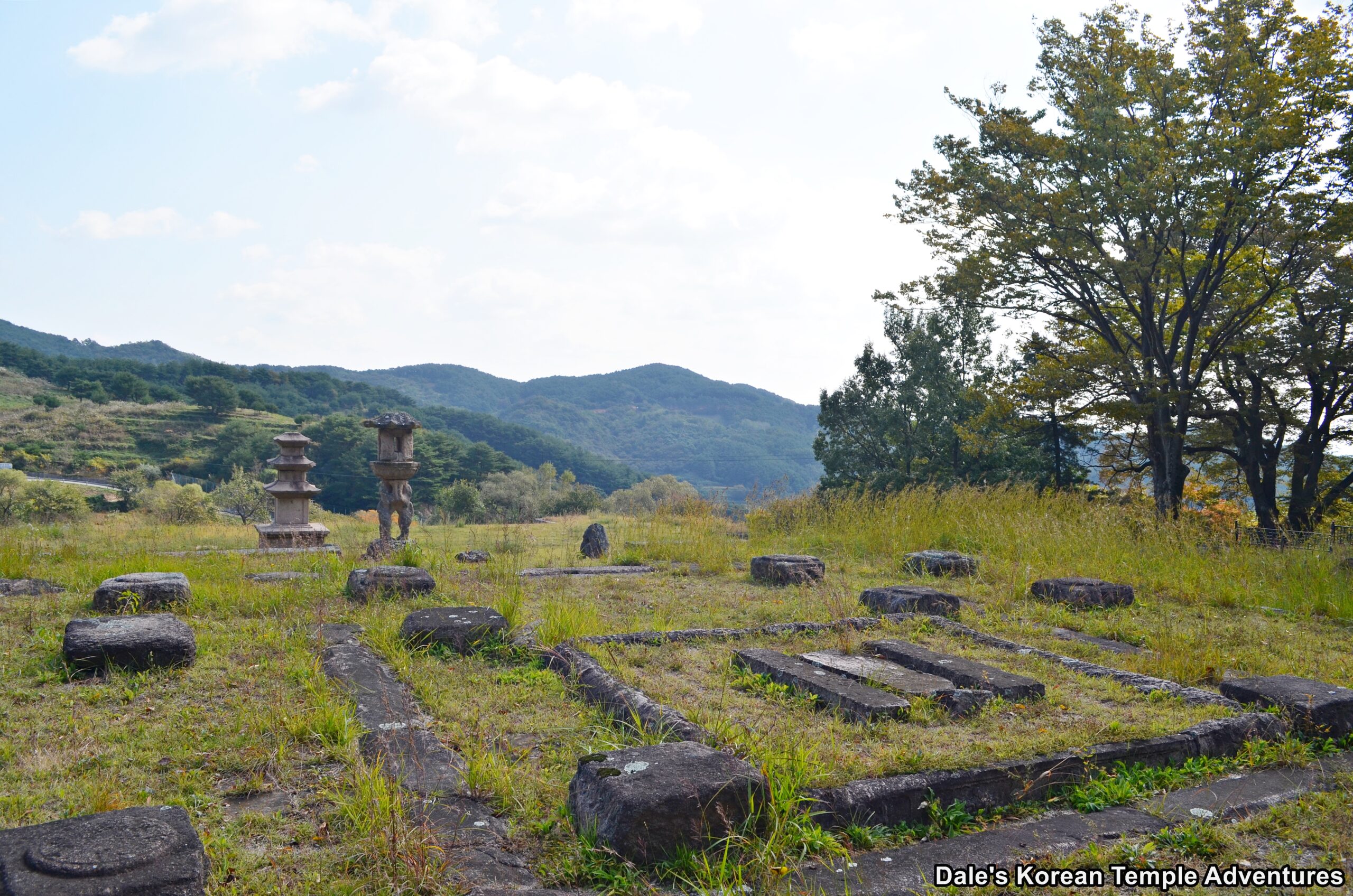
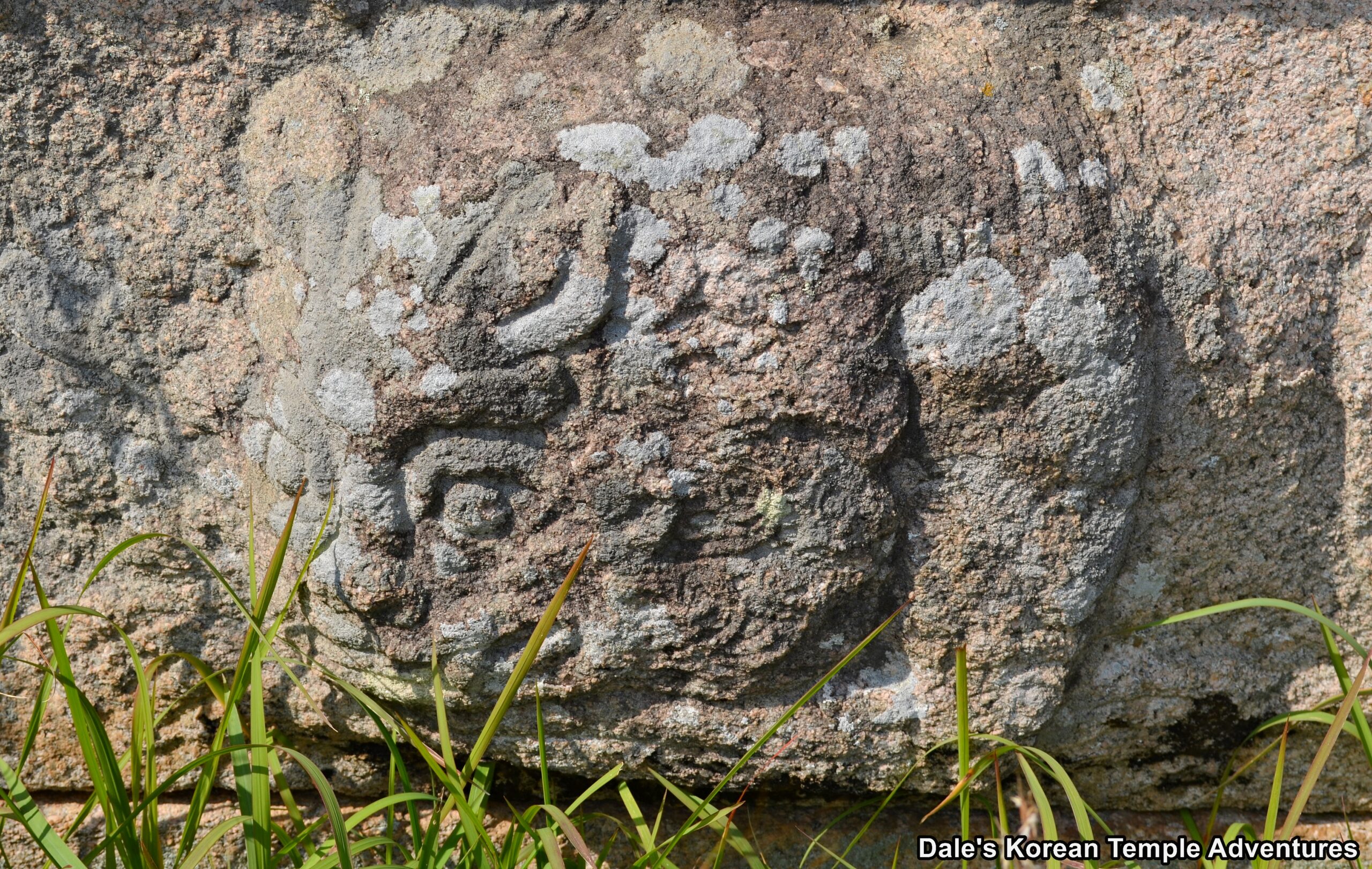
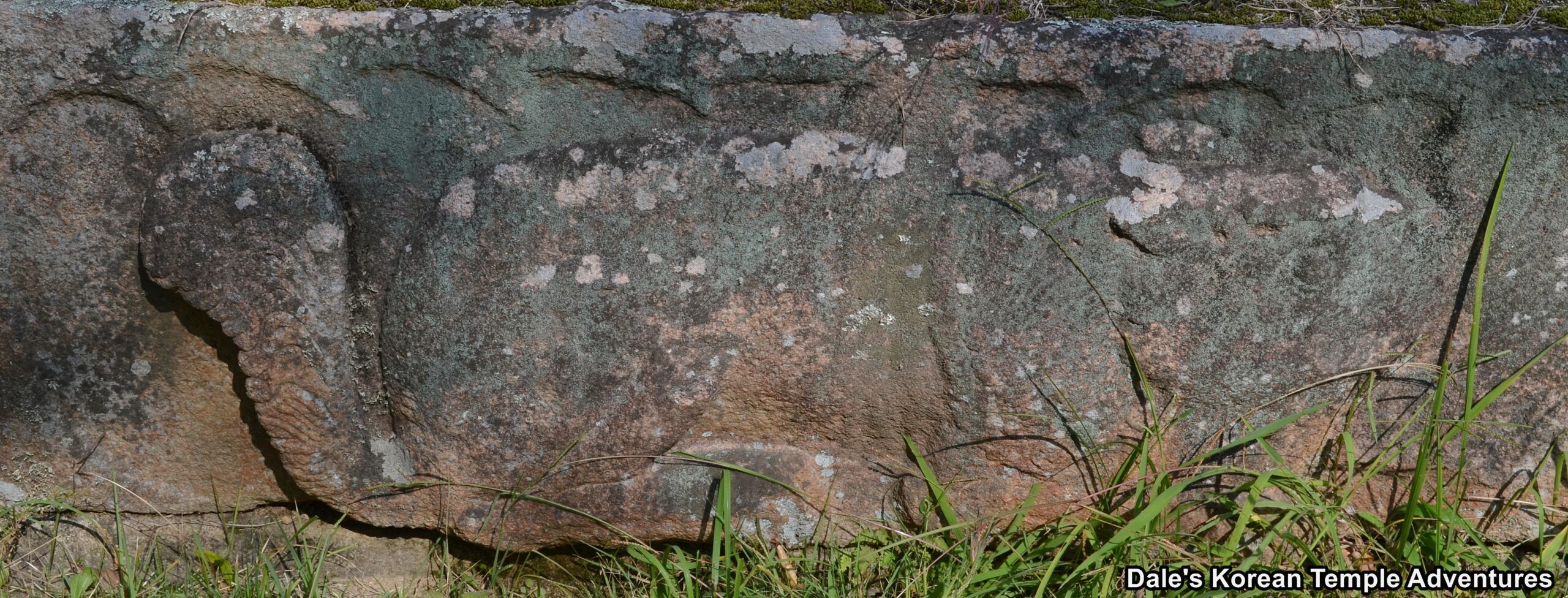
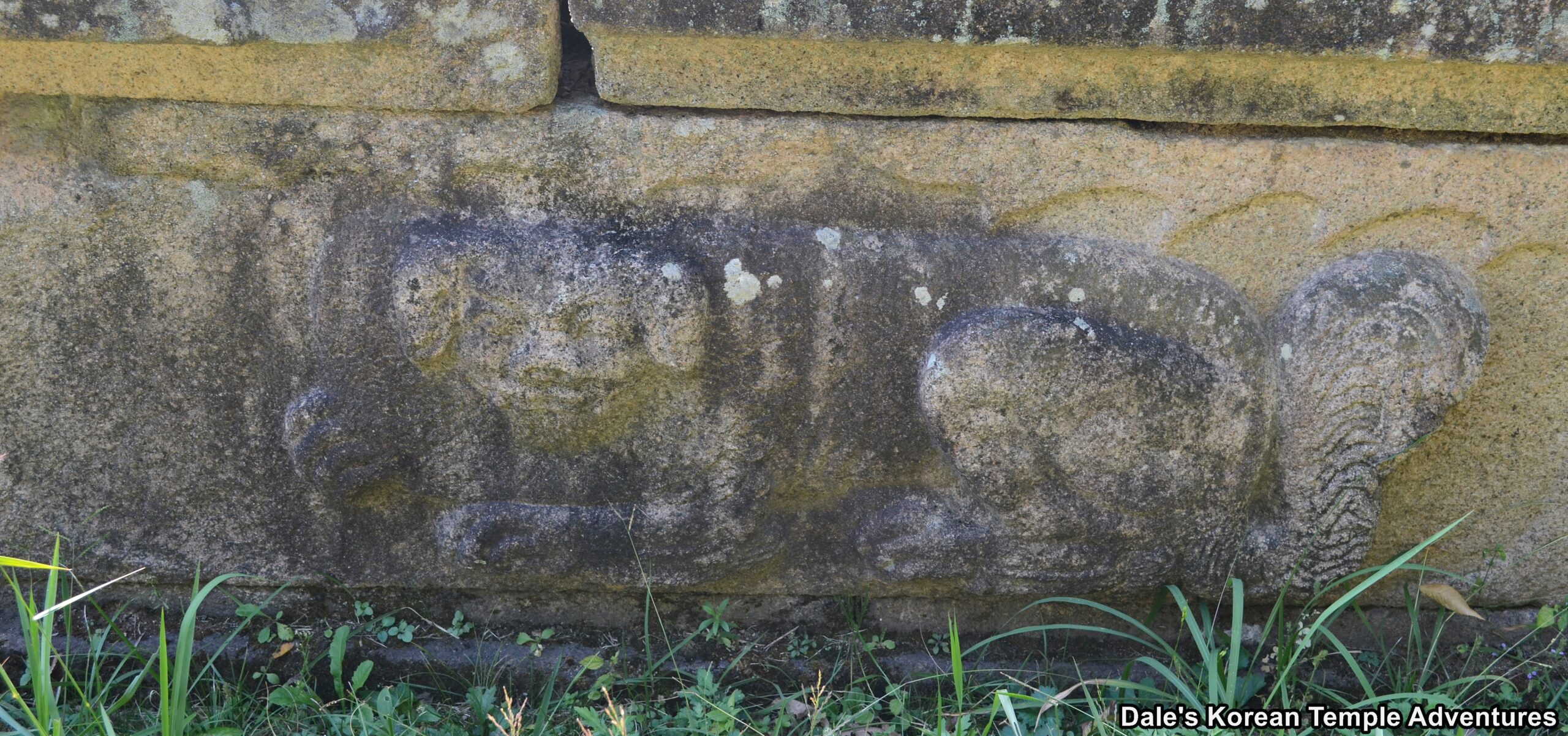
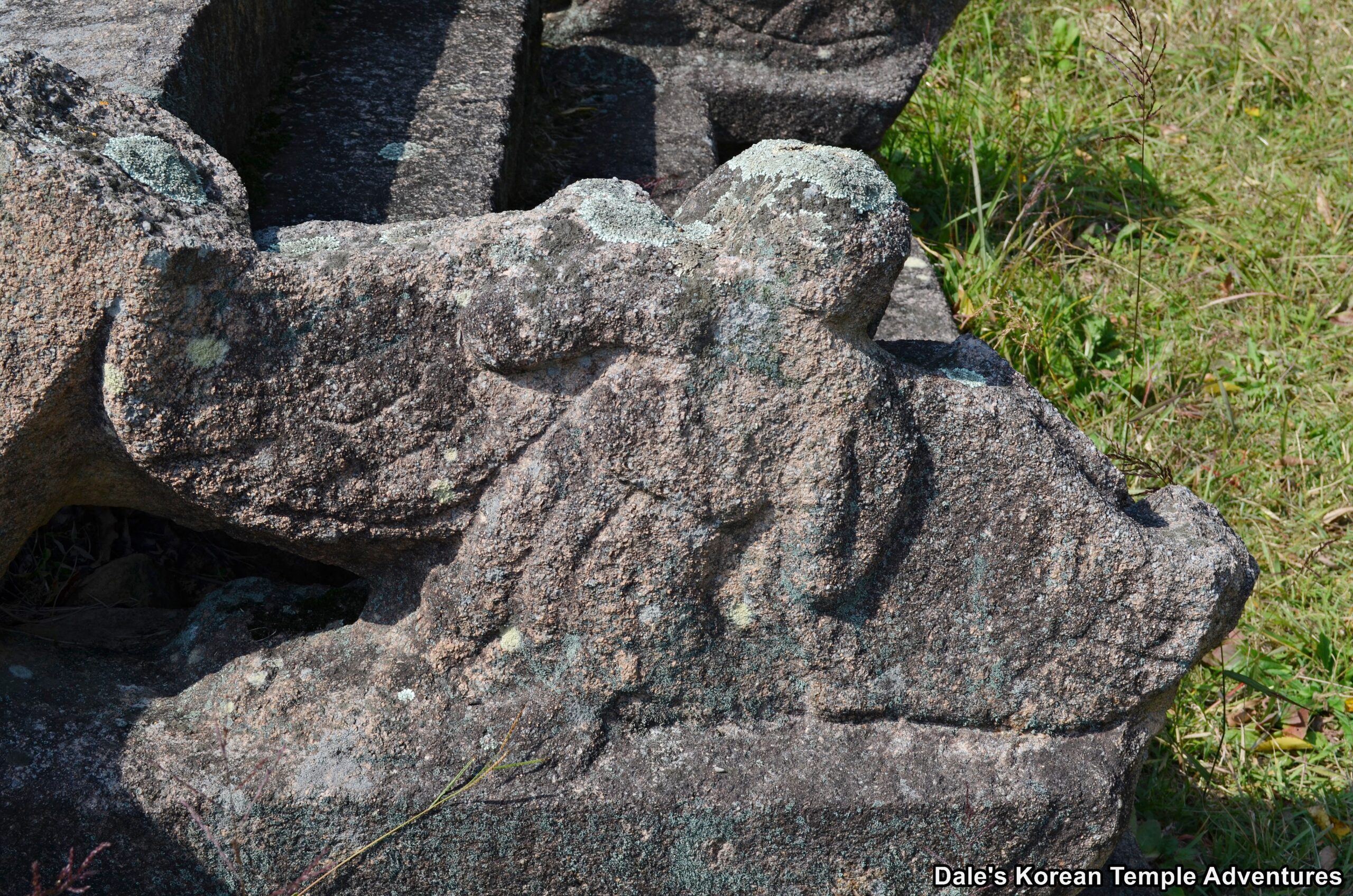
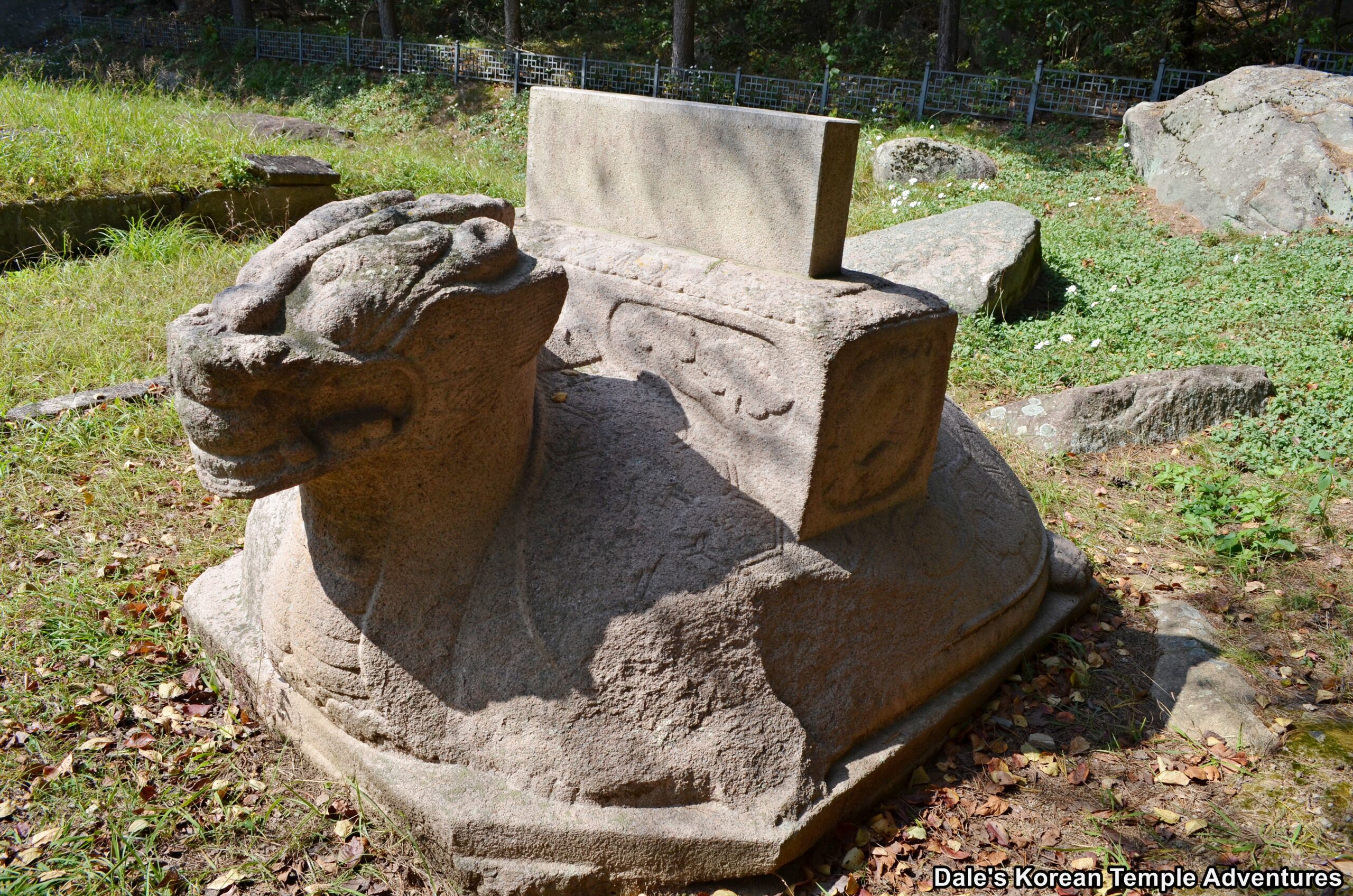
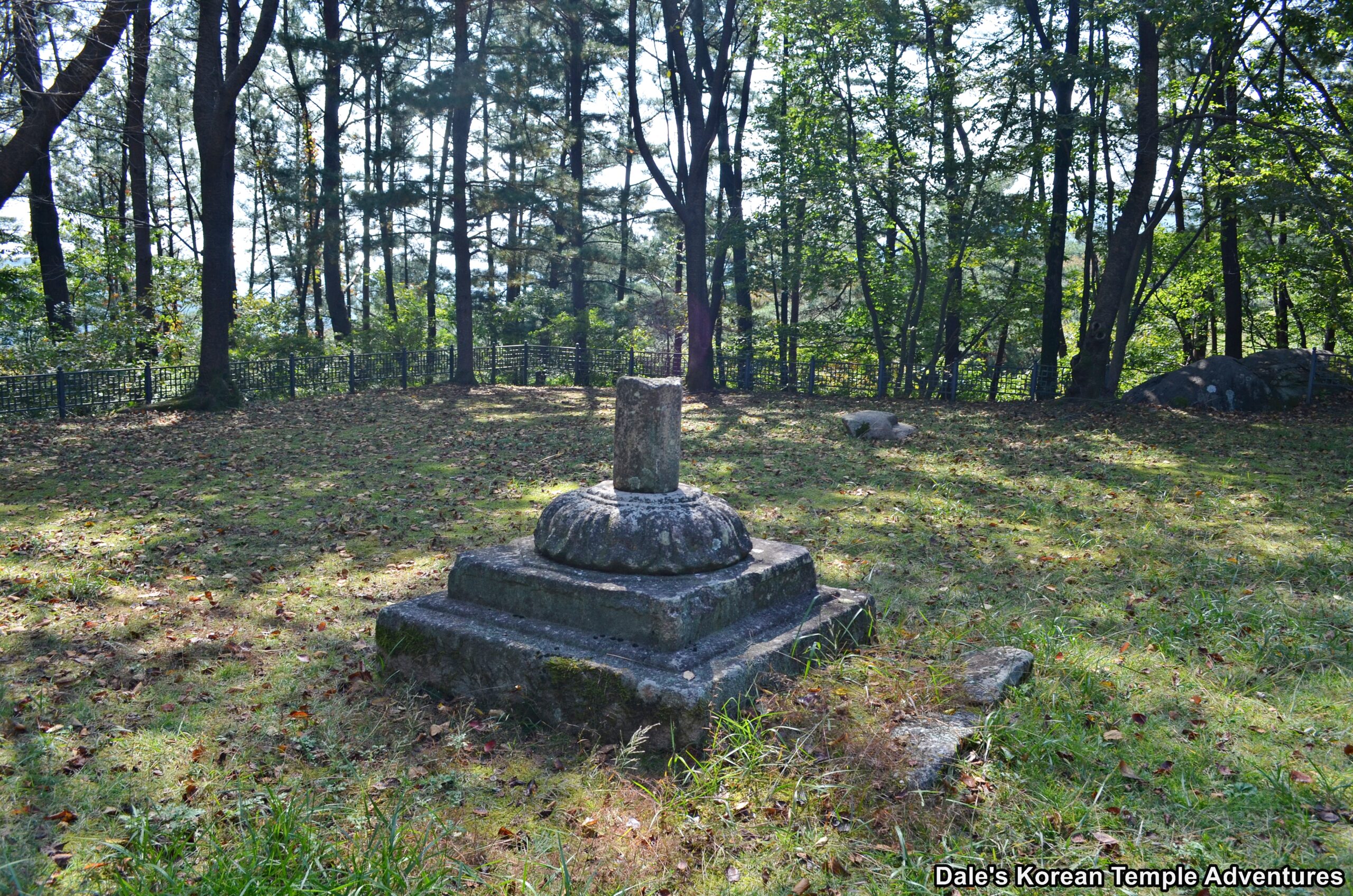

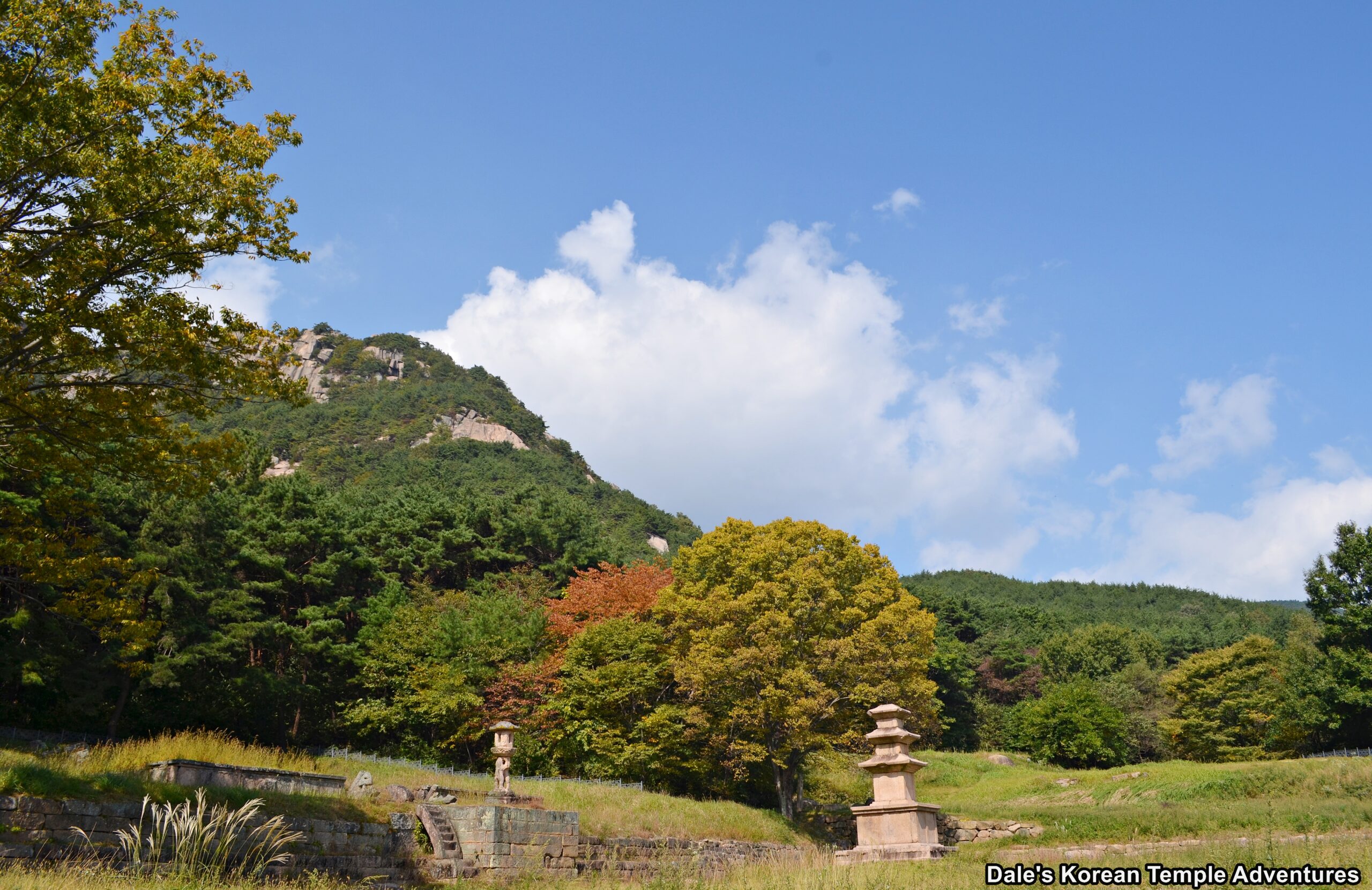
Recent comments